The journey starts at Windhoek International Airport at 10:30 or 15:50. If your international flight arrives late in the afternoon, you need to spend a first night in Windhoek.
The safari ends at Windhoek International Airport at around 3pm. Should you require an earlier arrival in Windhoek for your international flight, we can book an earlier flight at a higher price.
On this fly-in safari you spend four nights in the Namib Desert to experience the towering sand dunes of Sossusvlei and the gently rolling dunes of Wolwedans. You then fly over the Namib, along the coast via Swakopmund straight to the rugged Damaraland, where you will be part of a rhino tracking experience at Desert Rhino Camp. Hoanib Skeleton Camp, your next camp, is located in the wild and remote Kaokoveld. The Hoanib River attracts all kinds of desert wildlife such as desert adapted elephants, lions, cheetah, brown hyena, giraffe, oryx and more. From here you will be able to do a day trip down to the Skeleton Coast and visit the seals and the area around Moewe Bay, a truly unique excursion. To complete your journey to Namibia, Etosha National Park and the private Ongava Reserve, Namibia's prime wildlife destinations await.

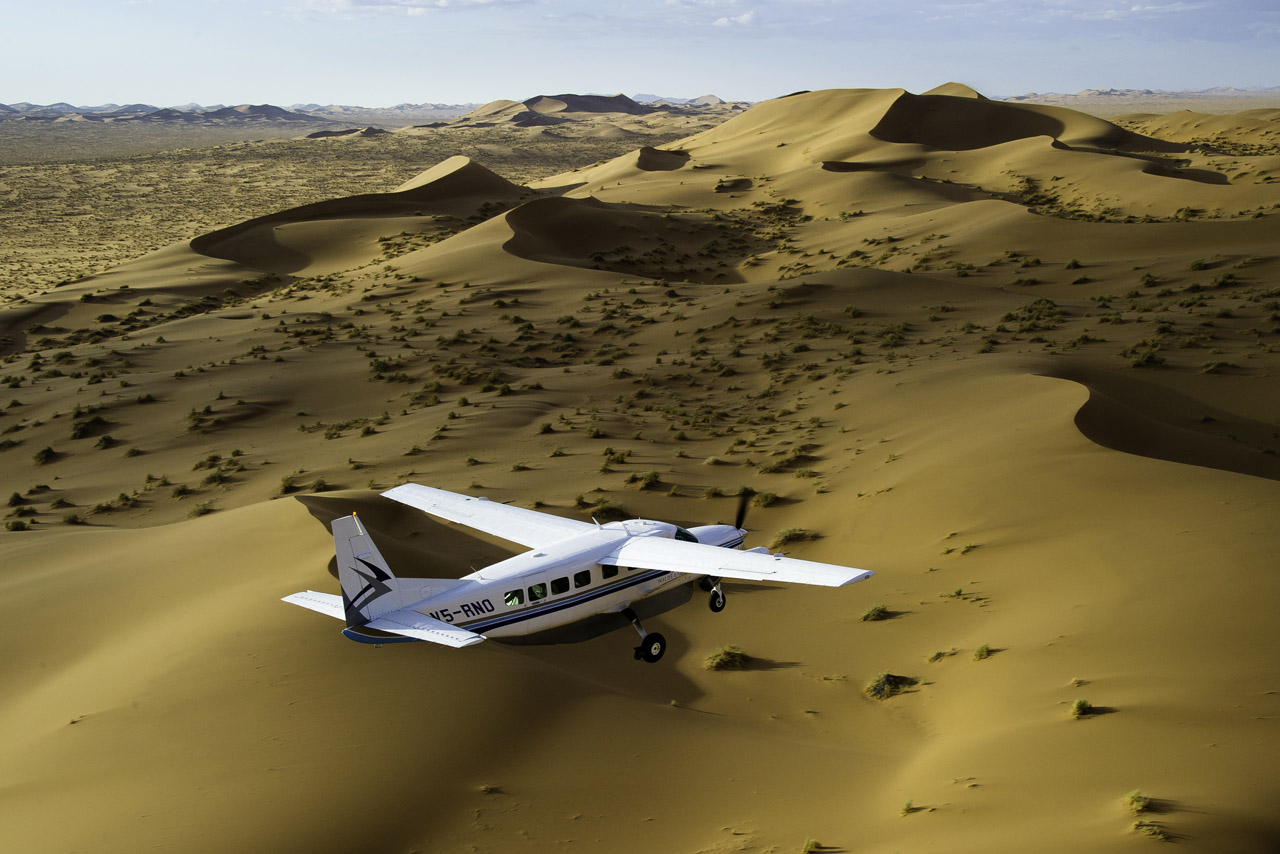

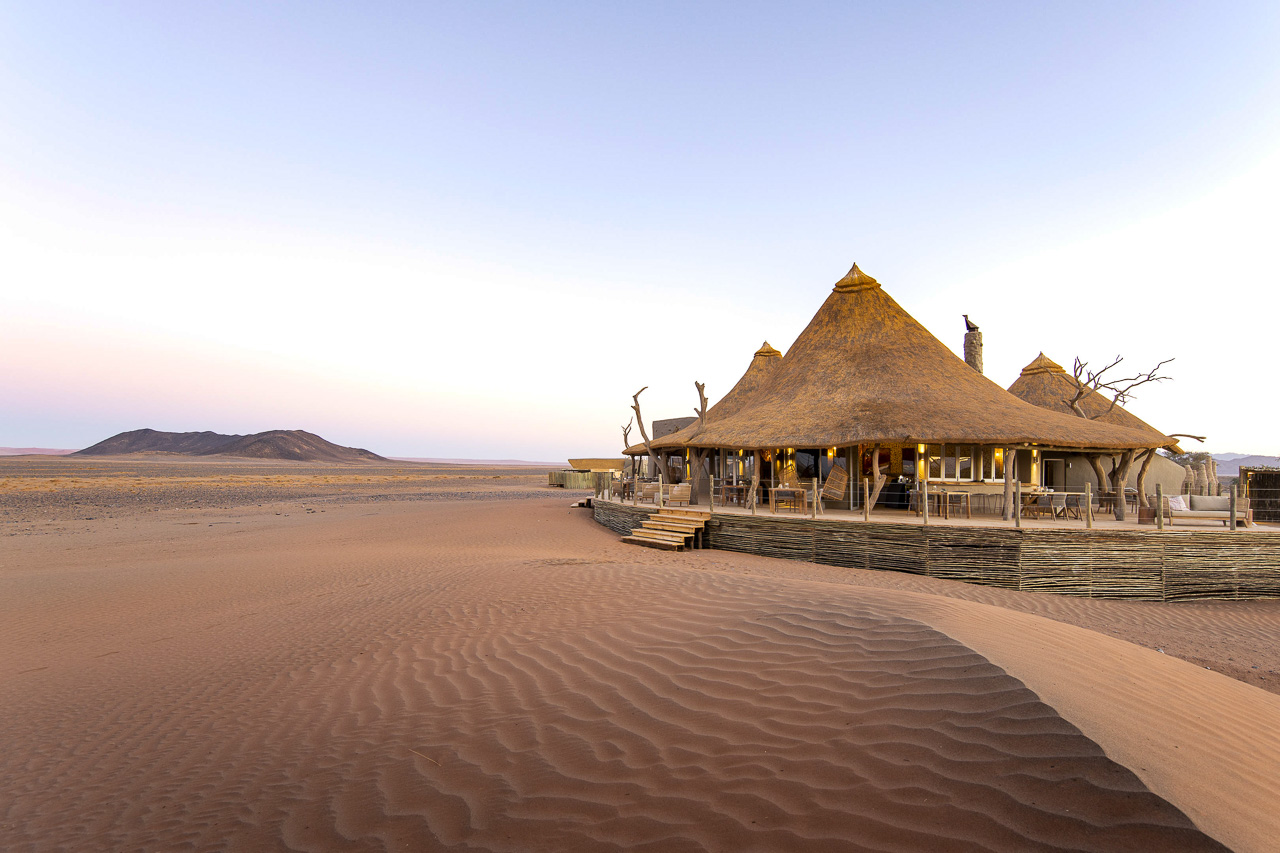
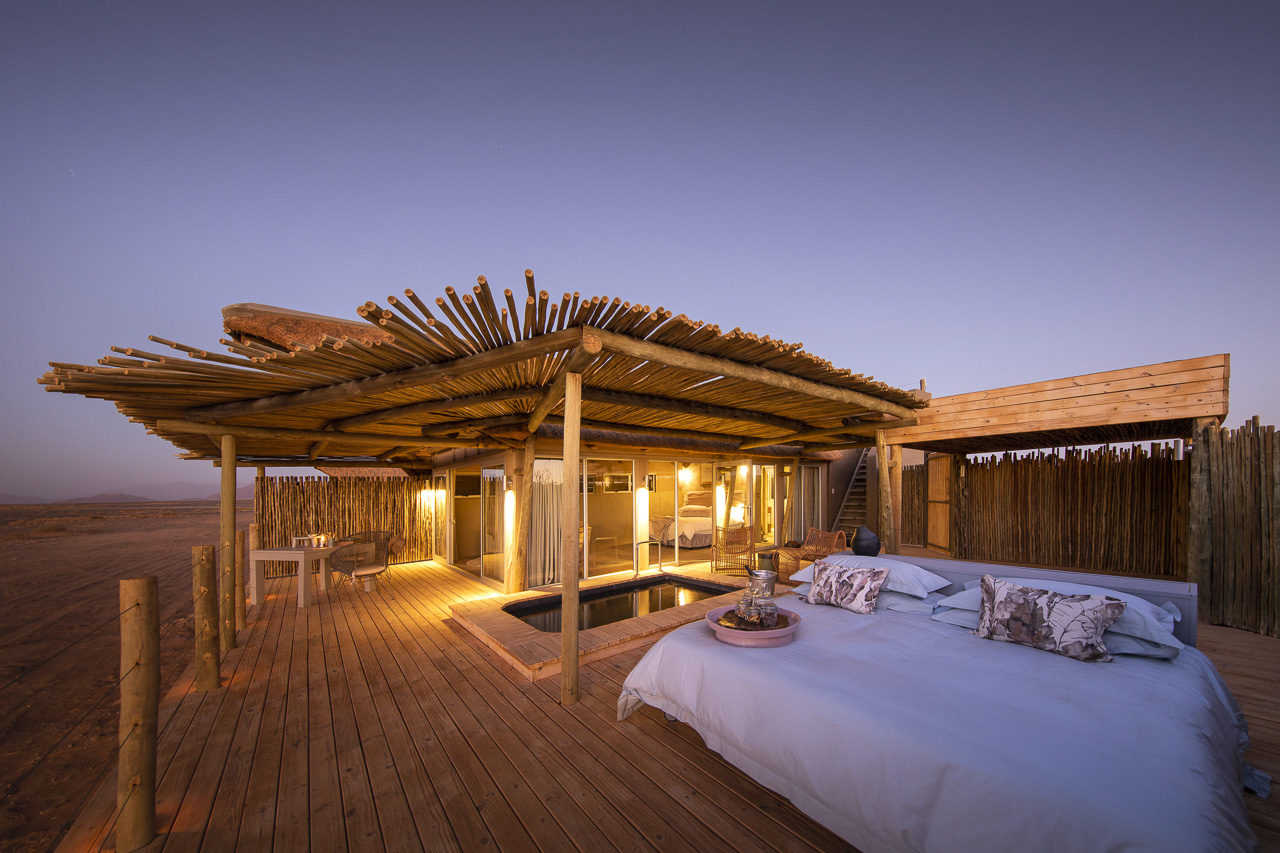
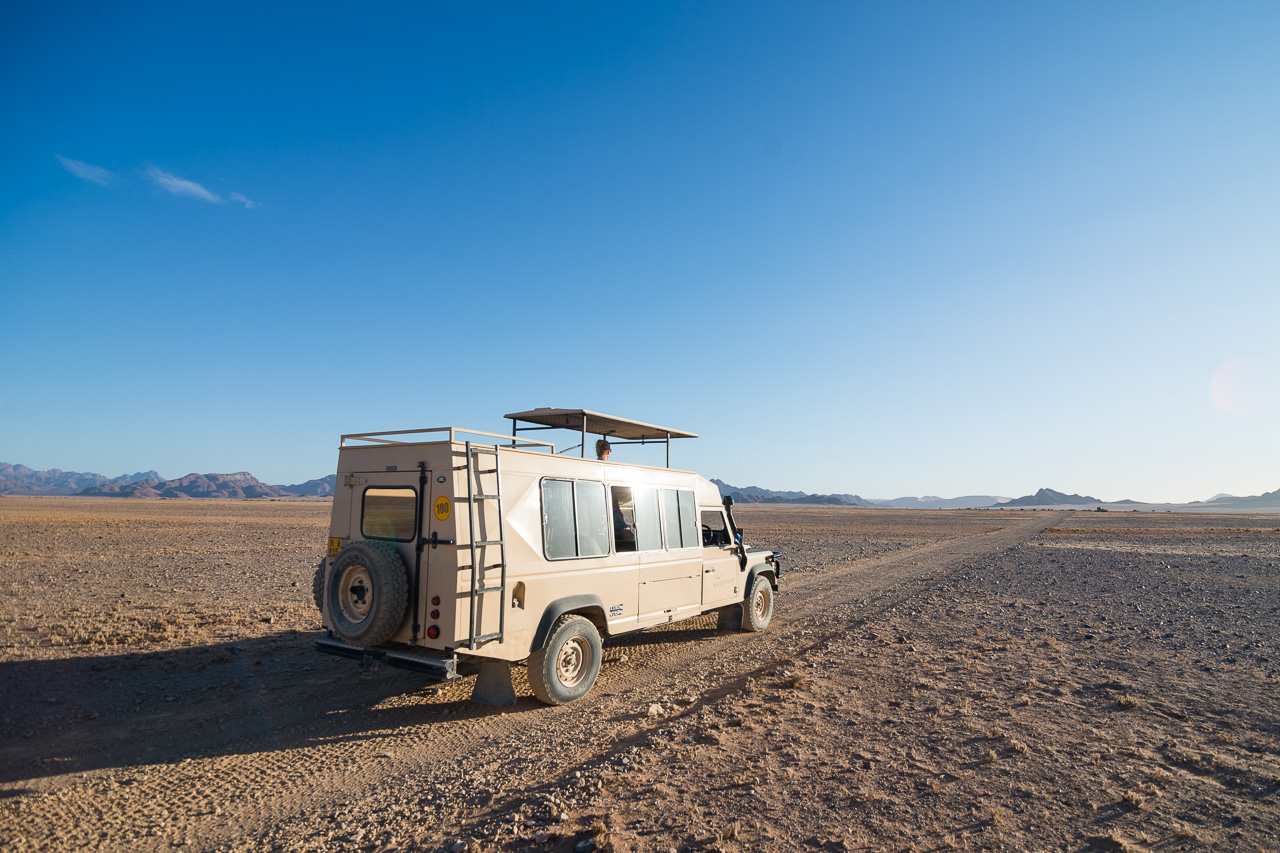
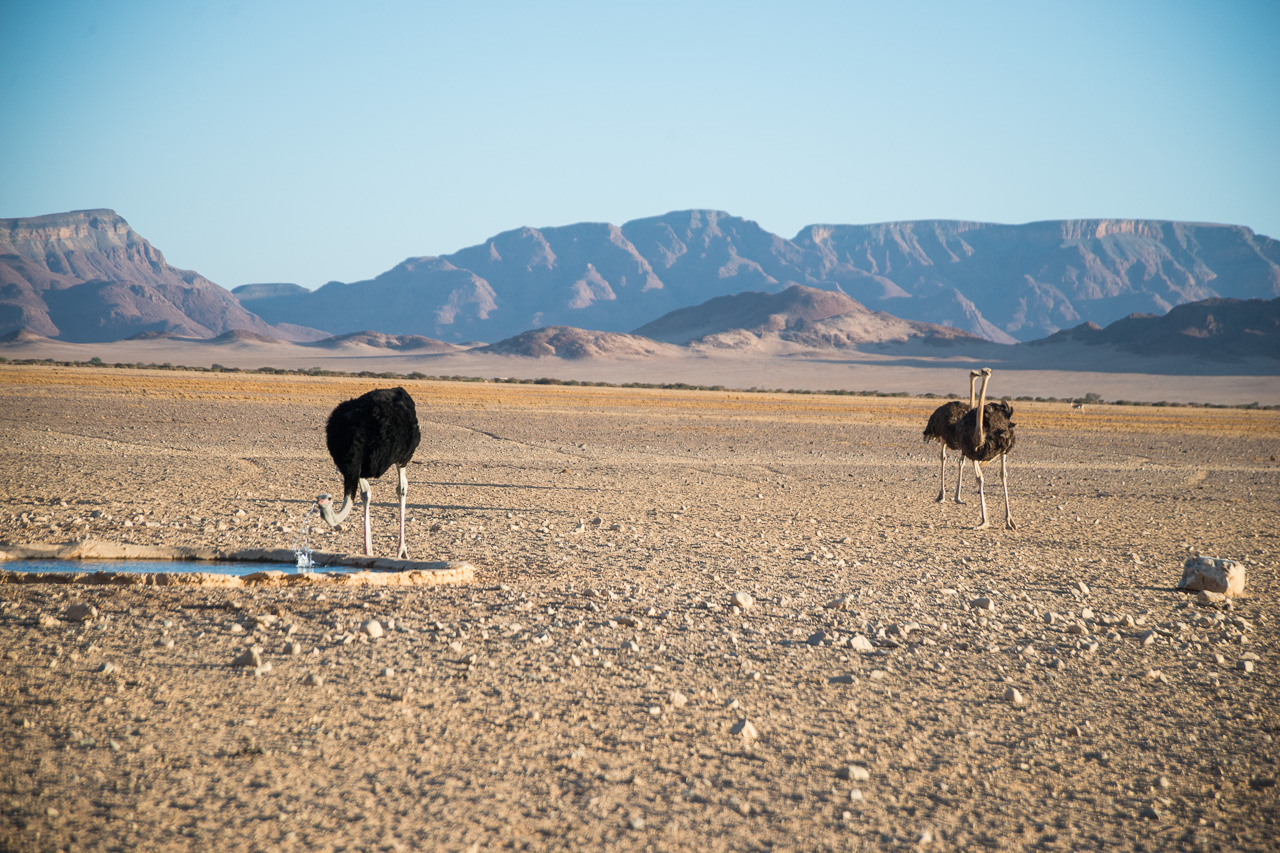
Accommodation
Little Kulala offers eleven climate-controlled rooms (it's very hot in the Namib region from November onwards!) with en-suite facilities, extra outdoor shower, private plunge pool, veranda with outdoor lounge, and a skybed where guests can spend a romantic night under the clear, starry sky.
The camp places great emphasis on natural materials, and the colours of the linen, cotton and mohair fabrics blend seamlessly into the natural surroundings. The Kulala Camps stand out for their fantastic location close to the Sossuvlei dunes and with exclusive access to the park.
Sossusvlei is the area most associated with Namibia: Red dunes as far as the eye can see (up to 380 m high, coloured red by the clay-rich sand) and dead trees in the Vleis or pans, decaying slowly at the will of the arid climate. The Vleis were created by the Tsauchab River, which probably once flowed to the Atlantic some 50 km away. The whole Sossusvlei region is quenched with water during those very rare years when a good amount of rain falls, prompting bushes and flowers to spring up everywhere.
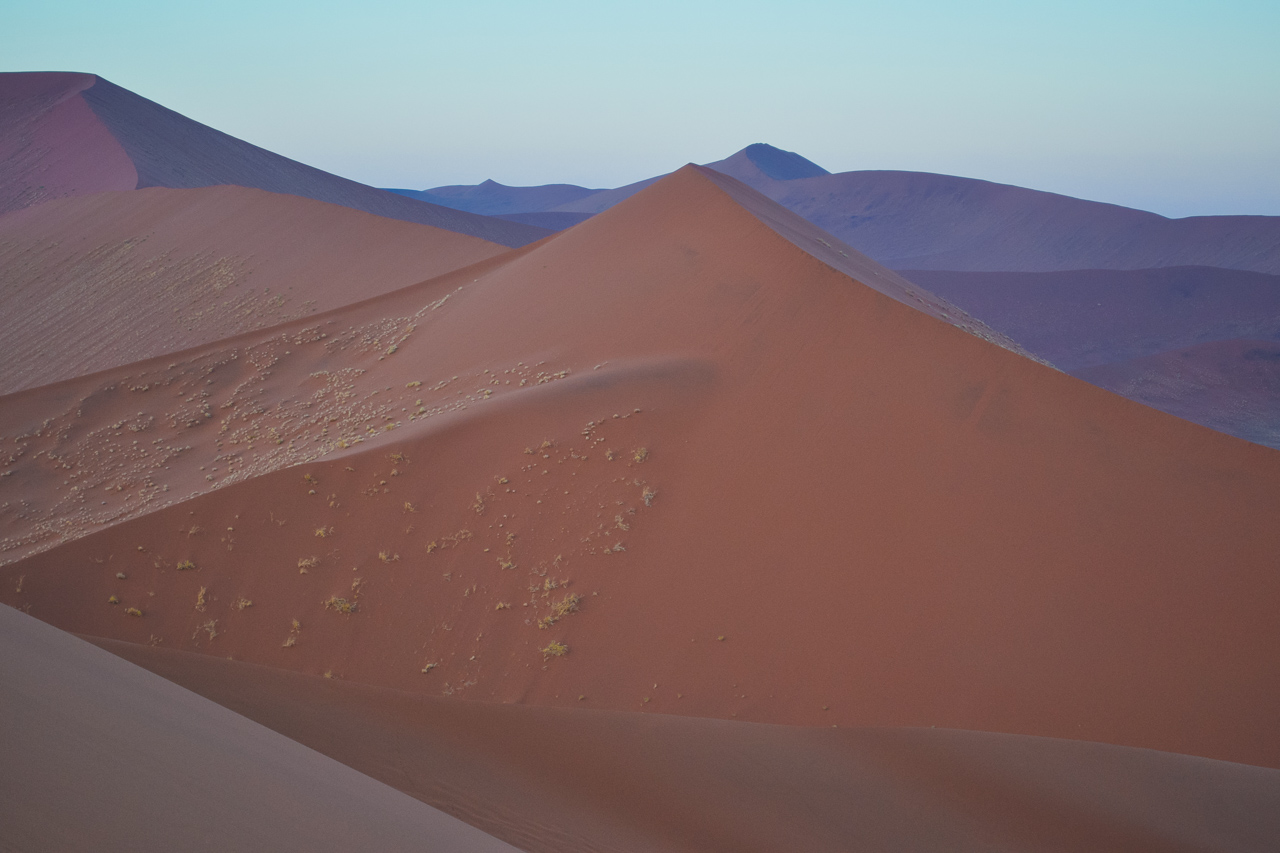
Sossusvlei is also the place most commonly associated with Namibia. Its red dunes stretch as far as the eye can see (up to 380 m high, coloured red by the clay-rich sand) and the desiccated trees in the vleis (salt and clay pans), which decay slowly due to the arid environment, are typical of the region. The vleis were created by the Tsauchab River, which most probably flowed into the Atlantic 50 km away. Very rarely, a torrential downpour will see the vleis disappear under water – a spectacle that very few get to see. .
The Namib itself is a product of the Orange River in the south, which carries the red sand of the Kalahari to the ocean. The Benguela Current takes the sand north, where the prevailing winds have blown it back inland over millions of years, forming the Namib Desert.
Sossusvlei is situated in the Namib Naukluft Park and thus subject to very strict regulations. The park opens its gates at sunrise and all visitors are required to leave again by sunset. The distance between the park entrance and the Sossusvlei car park, however, is a good 60 km, most of which is tarred. From here it’s only possible to reach the second car park, right next to the Sossusvlei, in a 4x4, on foot or using the shuttle service. There are also other vleis in the area in addition to the Sossusvlei, including Dead Vlei, with its famous dead trees, and somewhat further away, the so-called Hidden Vlei, which requires a good trek to get to.
The most famous dunes are Dune 45 (170 m high), which is located 45 km from the entrance to Sossusvlei, and then Big Daddy, the largest dune, and his partner, Big Mama. Visitors are of course allowed to scale the dunes, and the effort is worth it. The way up is quite strenuous – but this also means that the way down is easy!
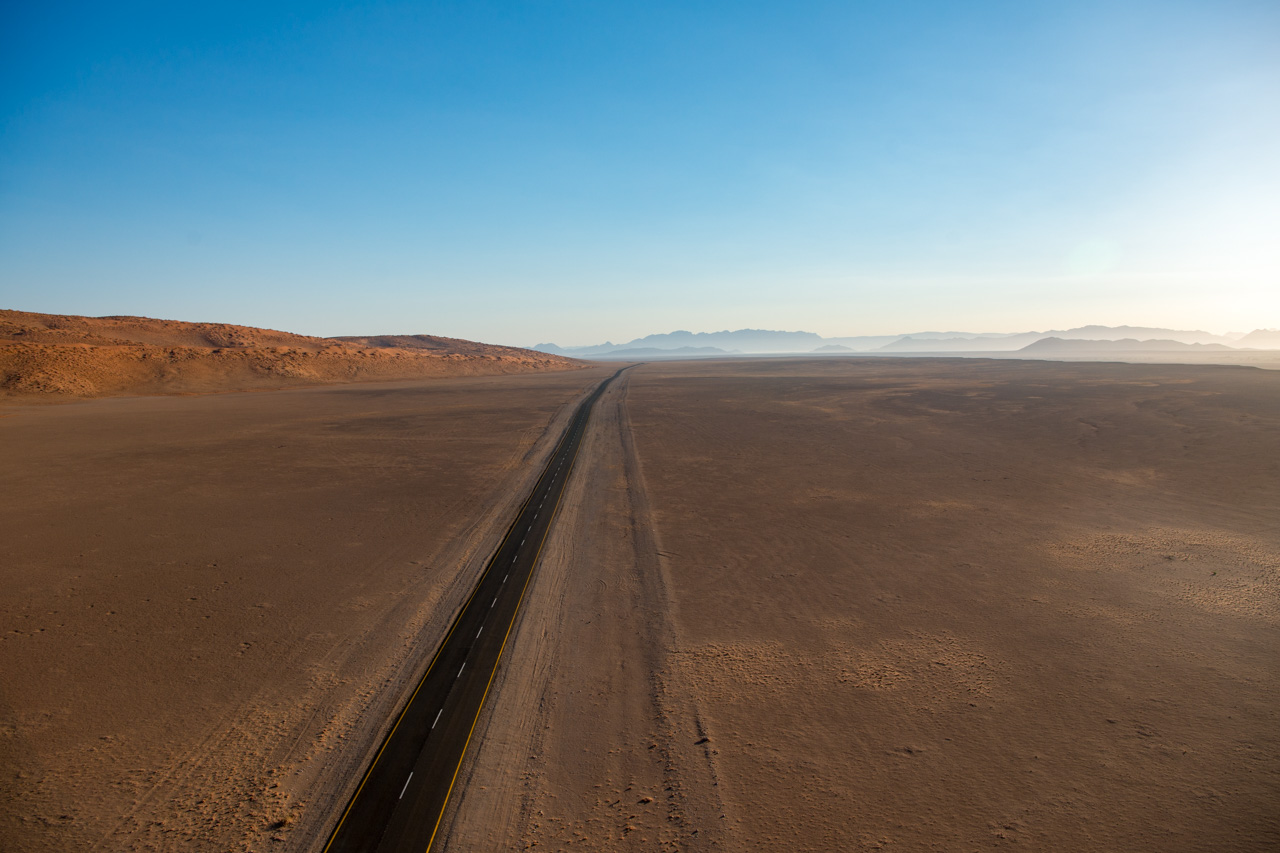
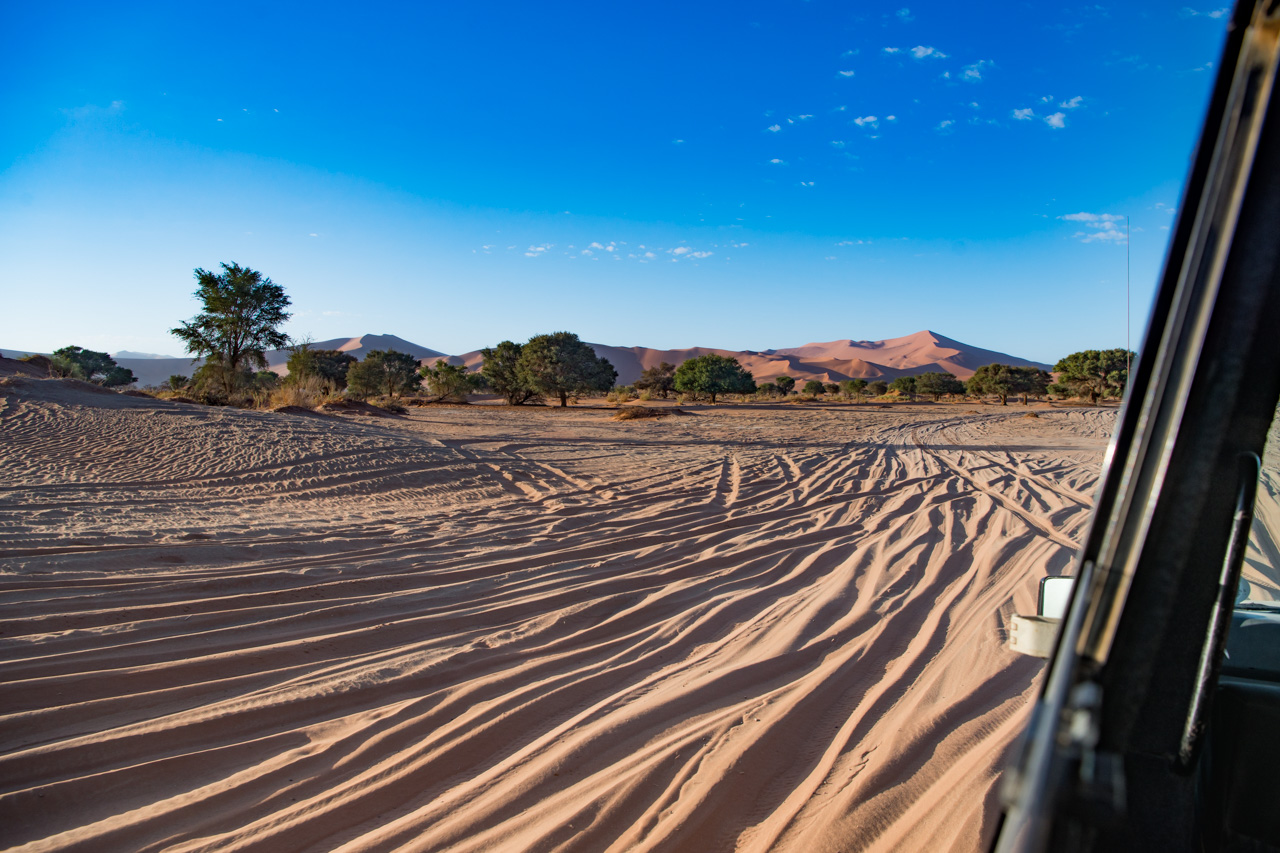
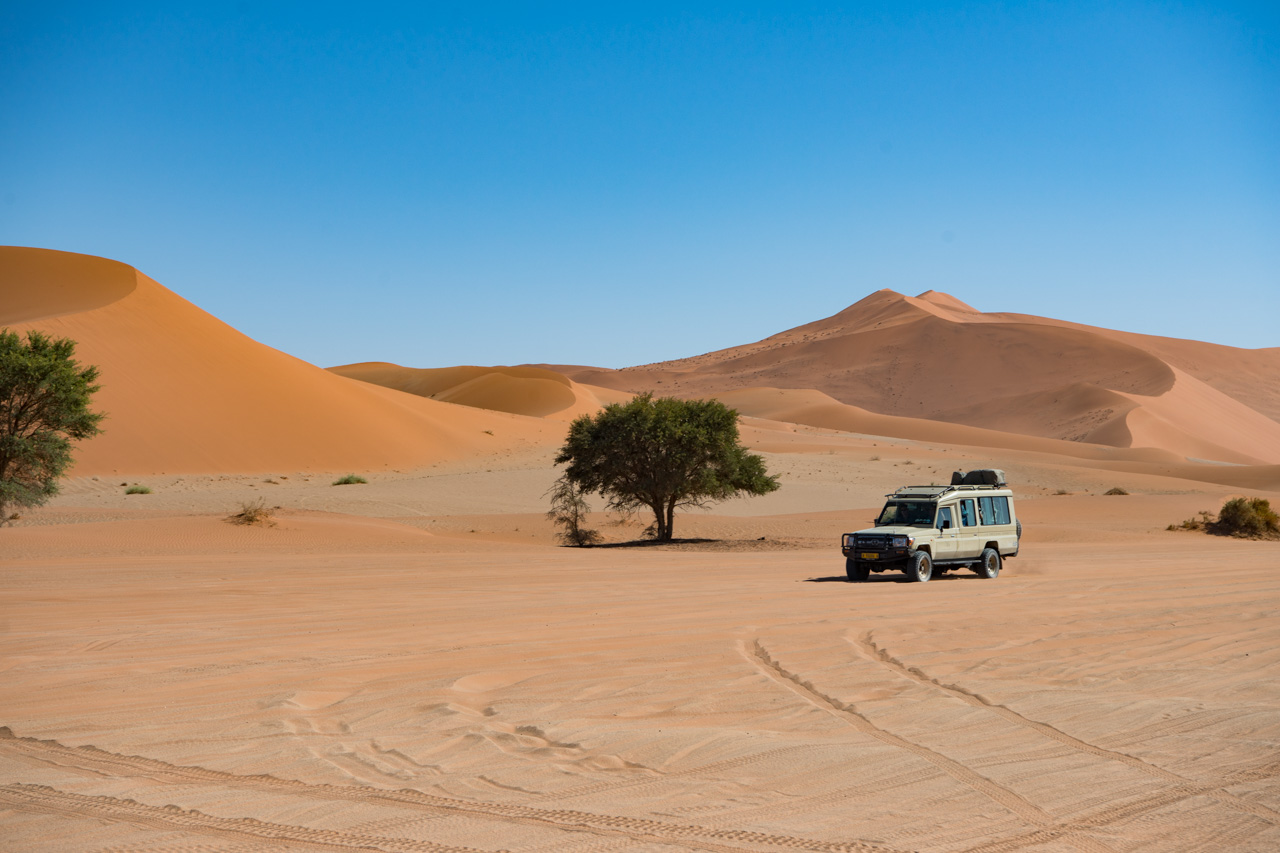

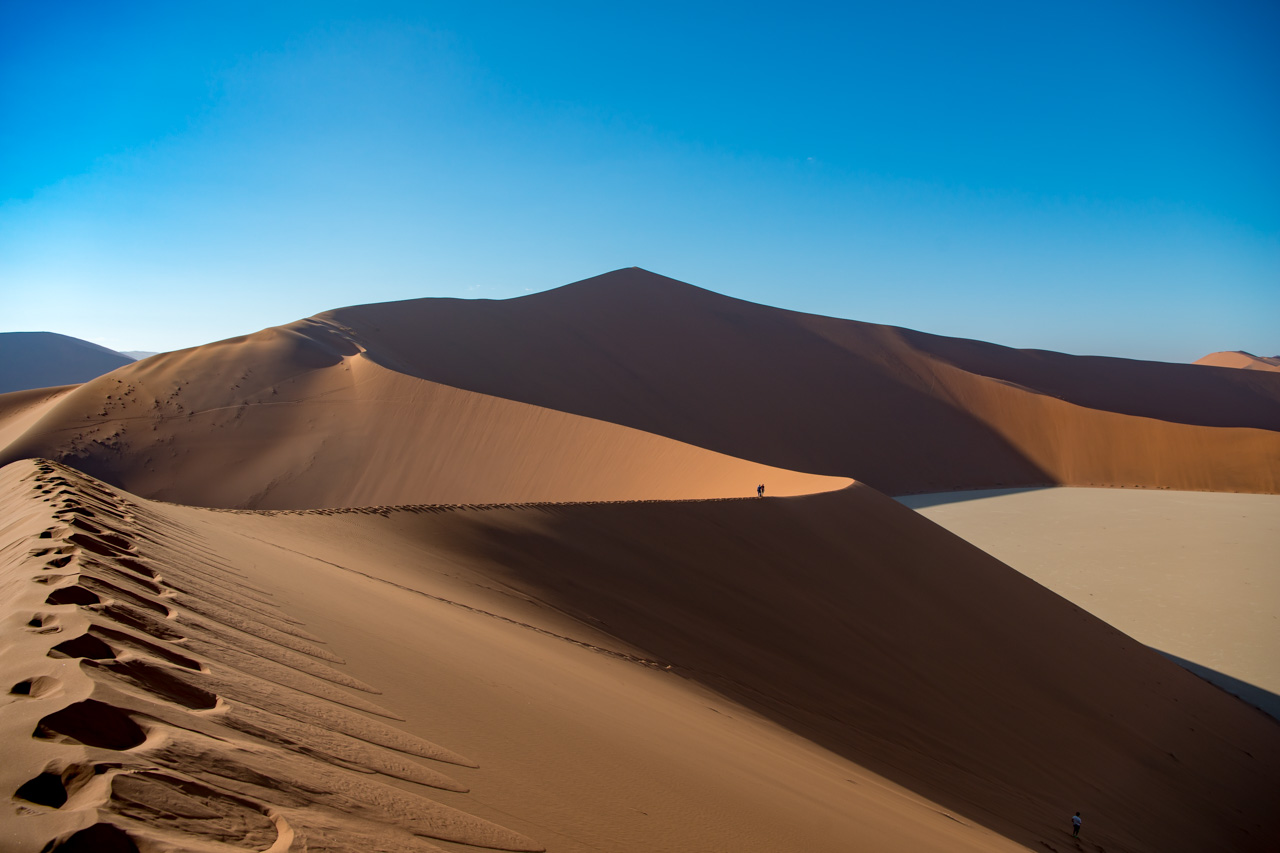
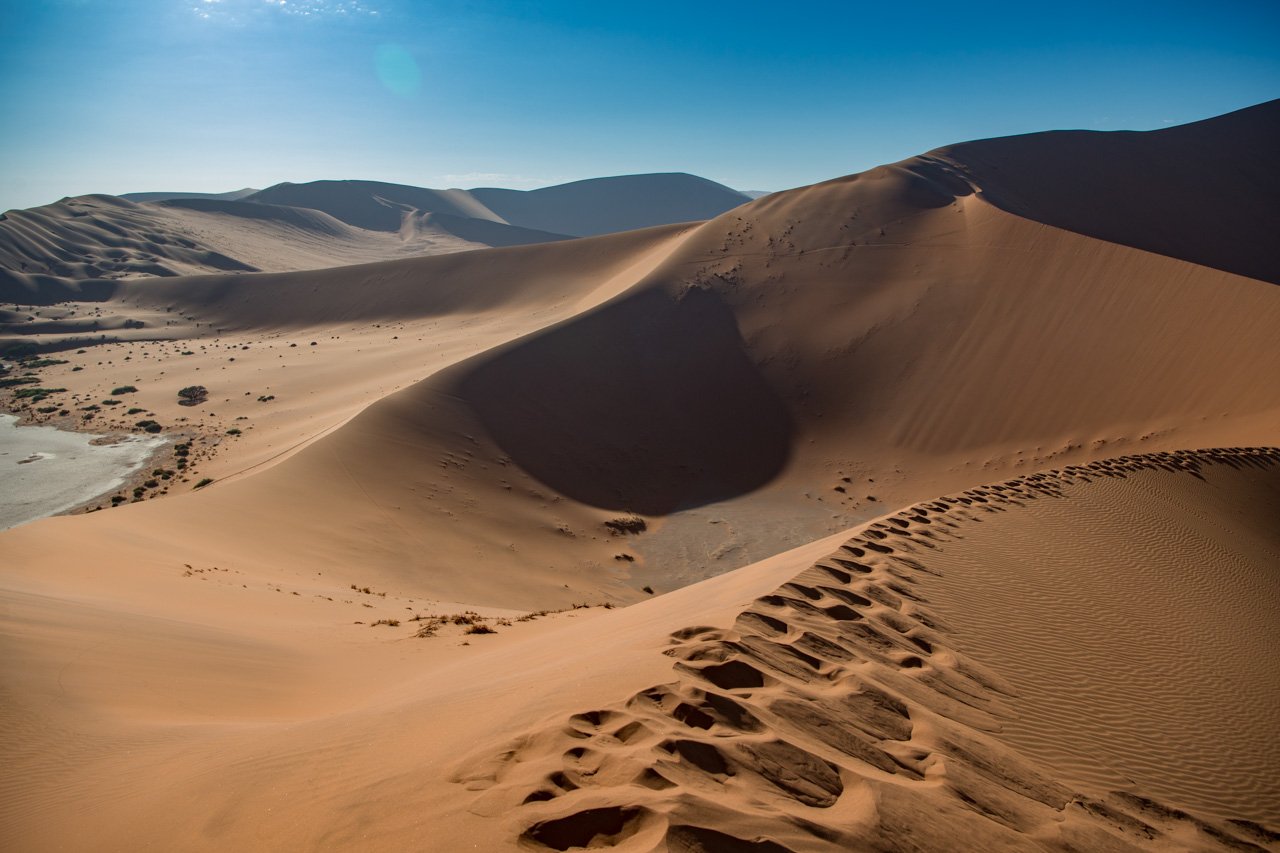
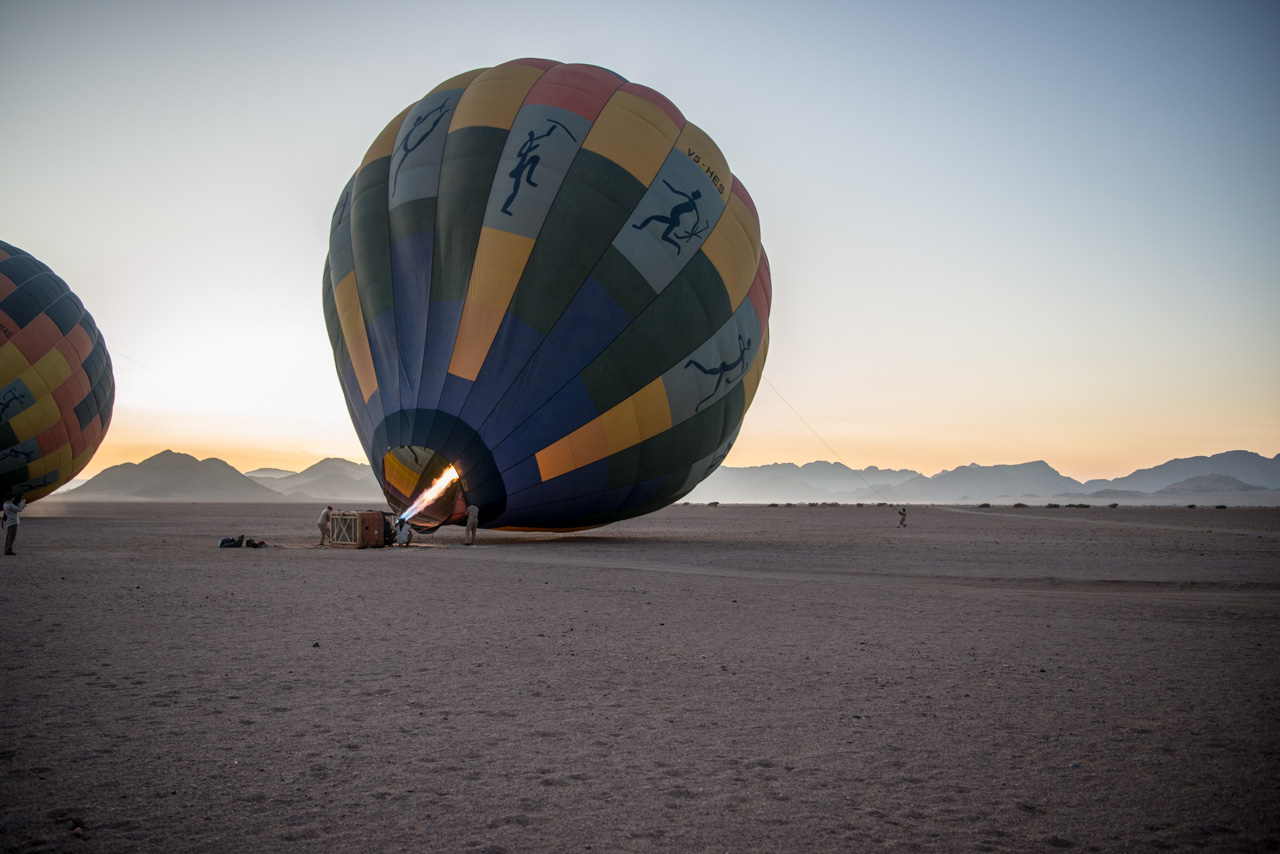

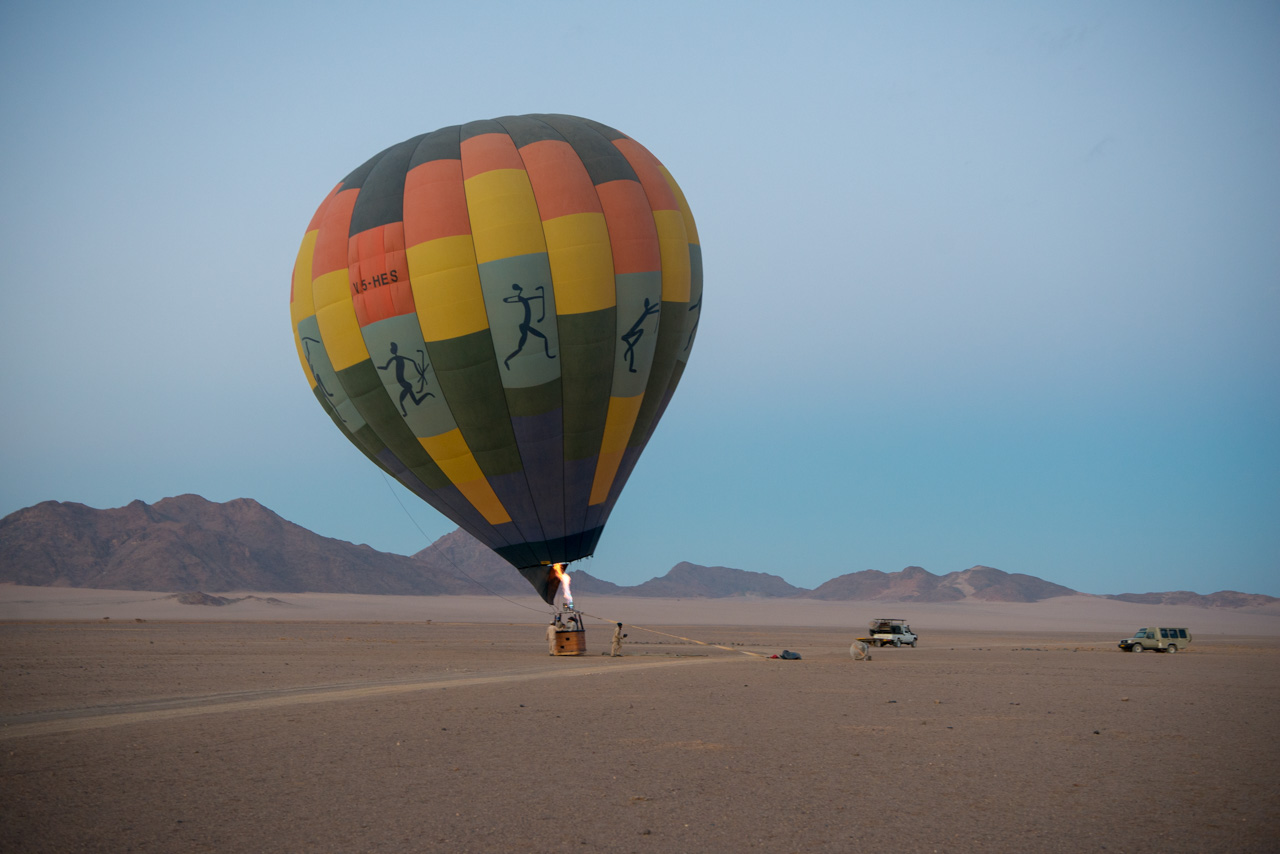
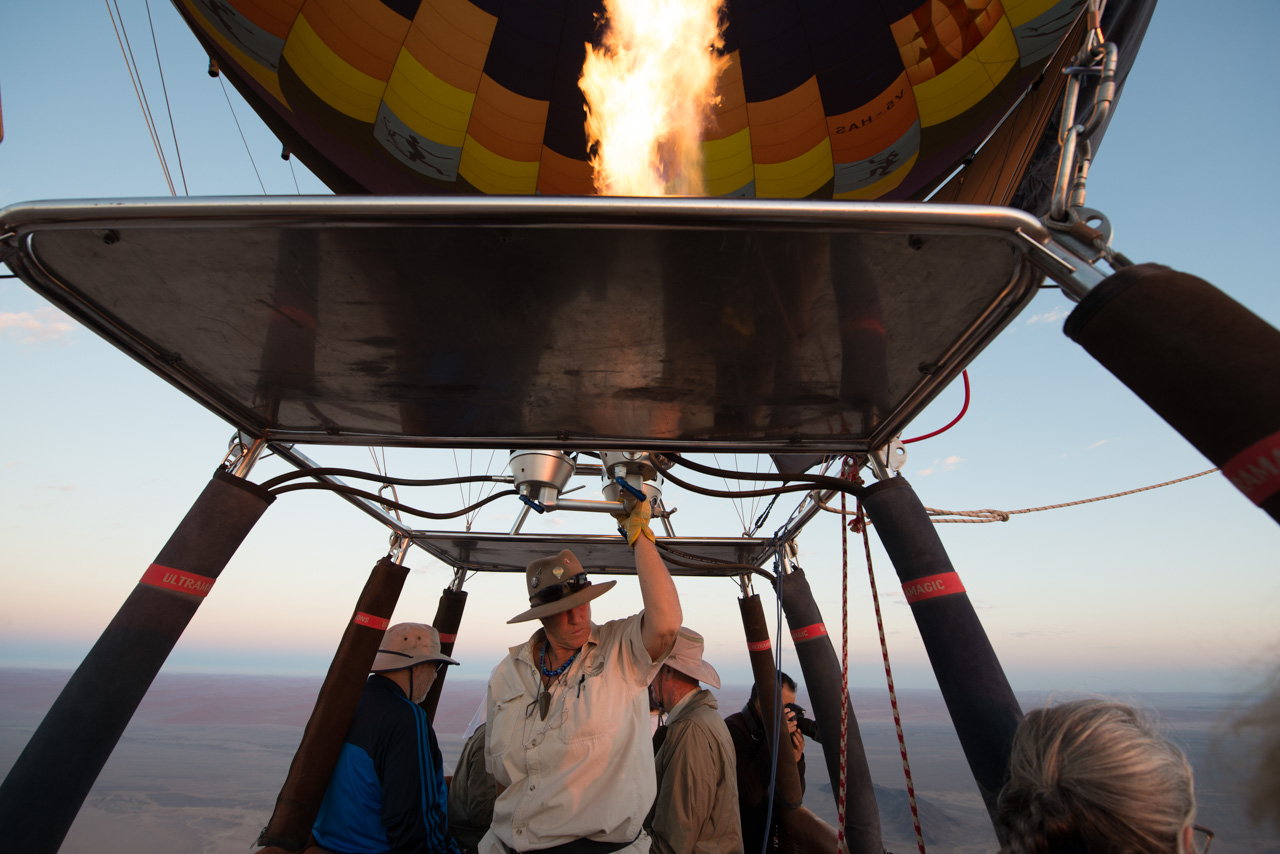
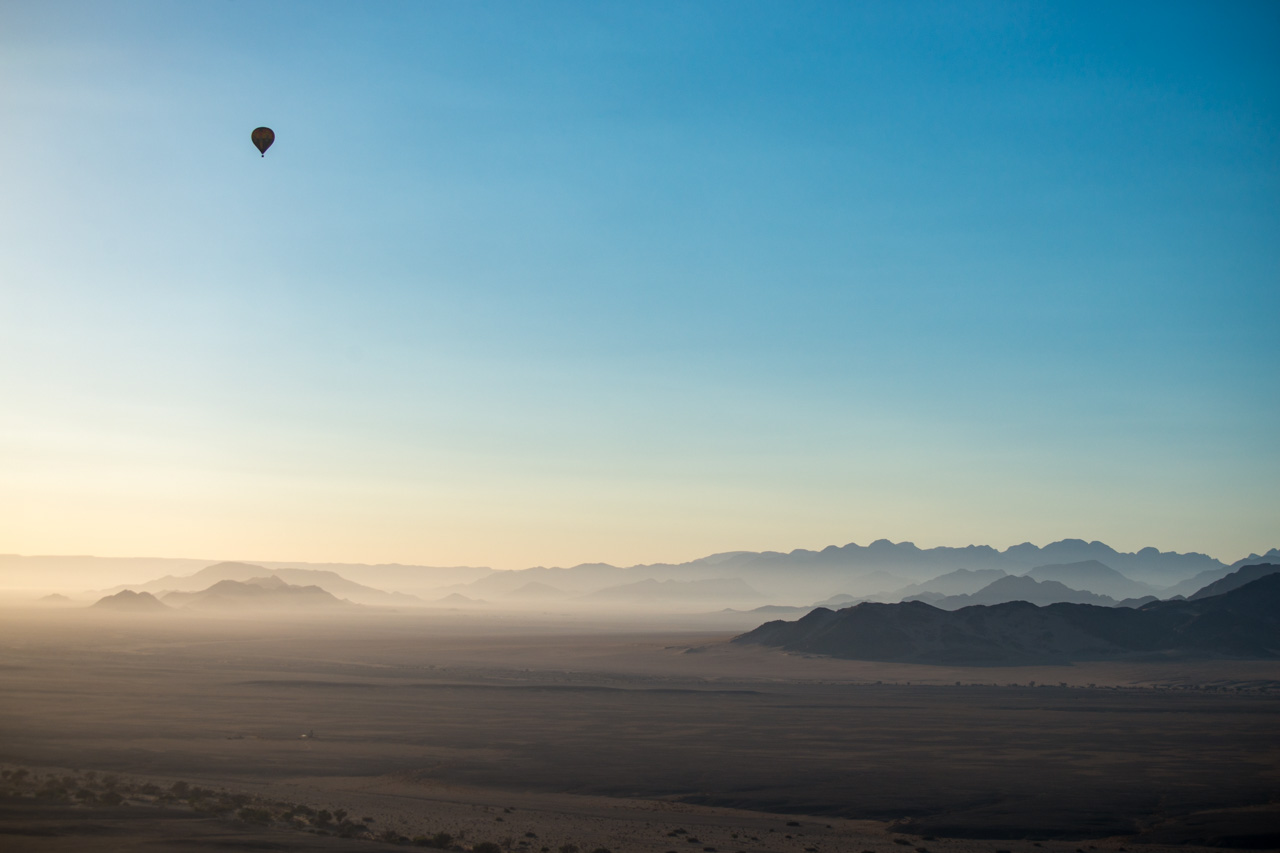
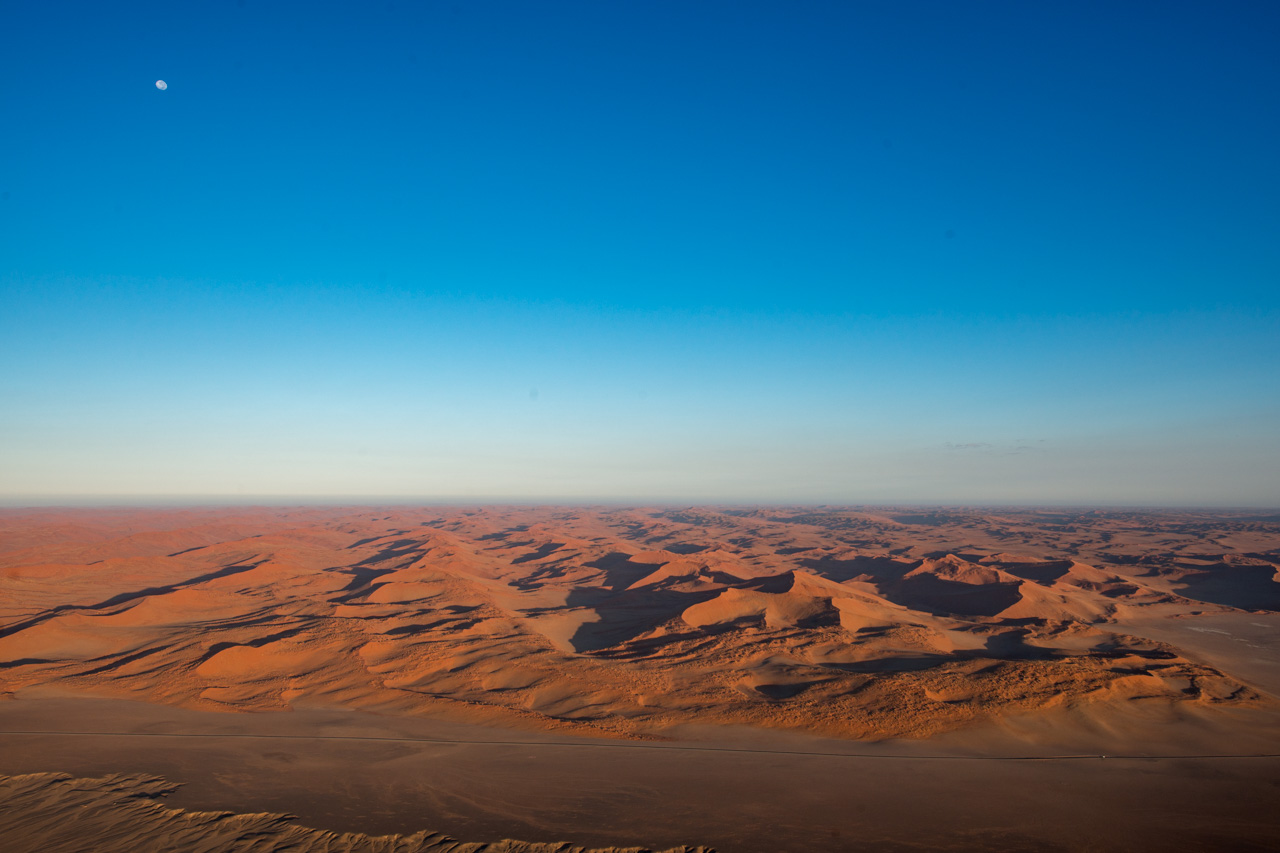
On landing (wherever the wind has taken you) there is a champagne breakfast waiting for you.
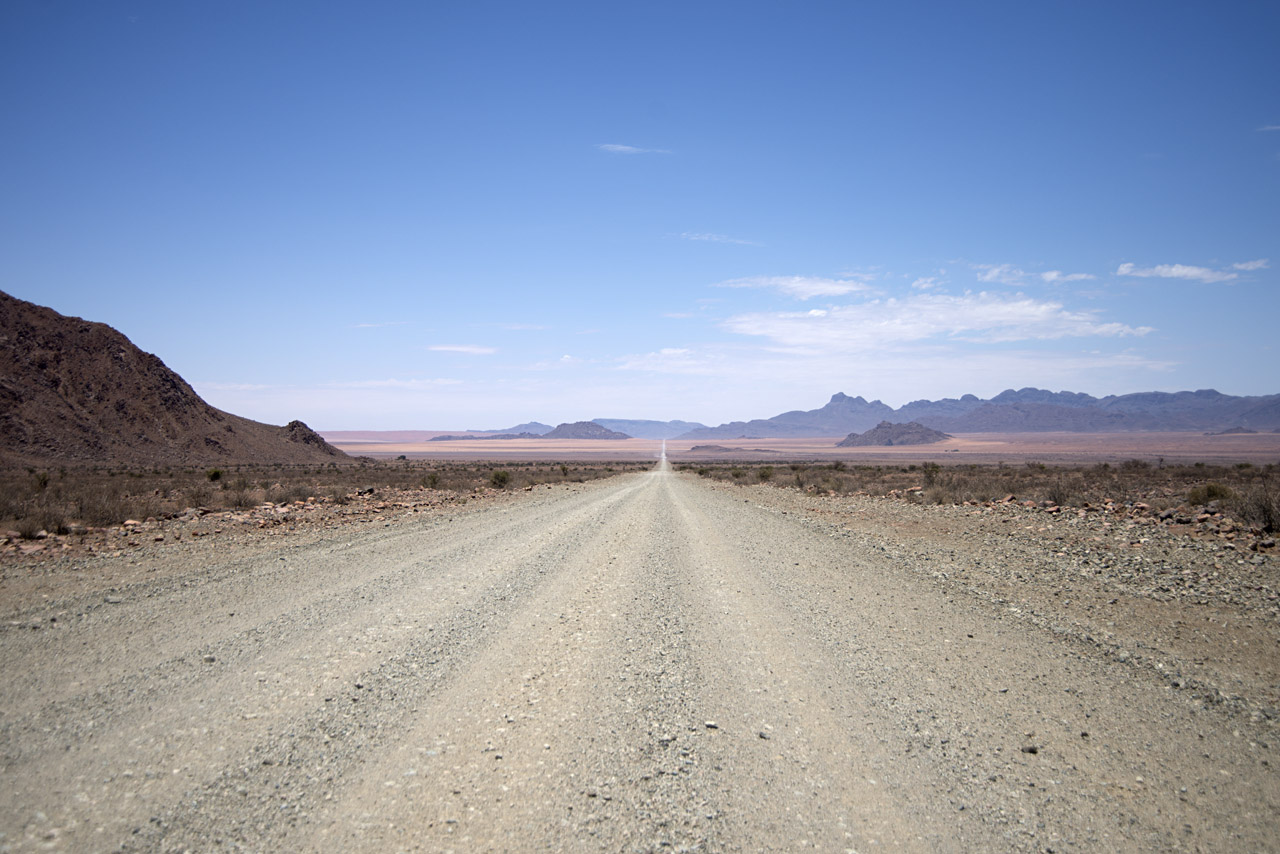

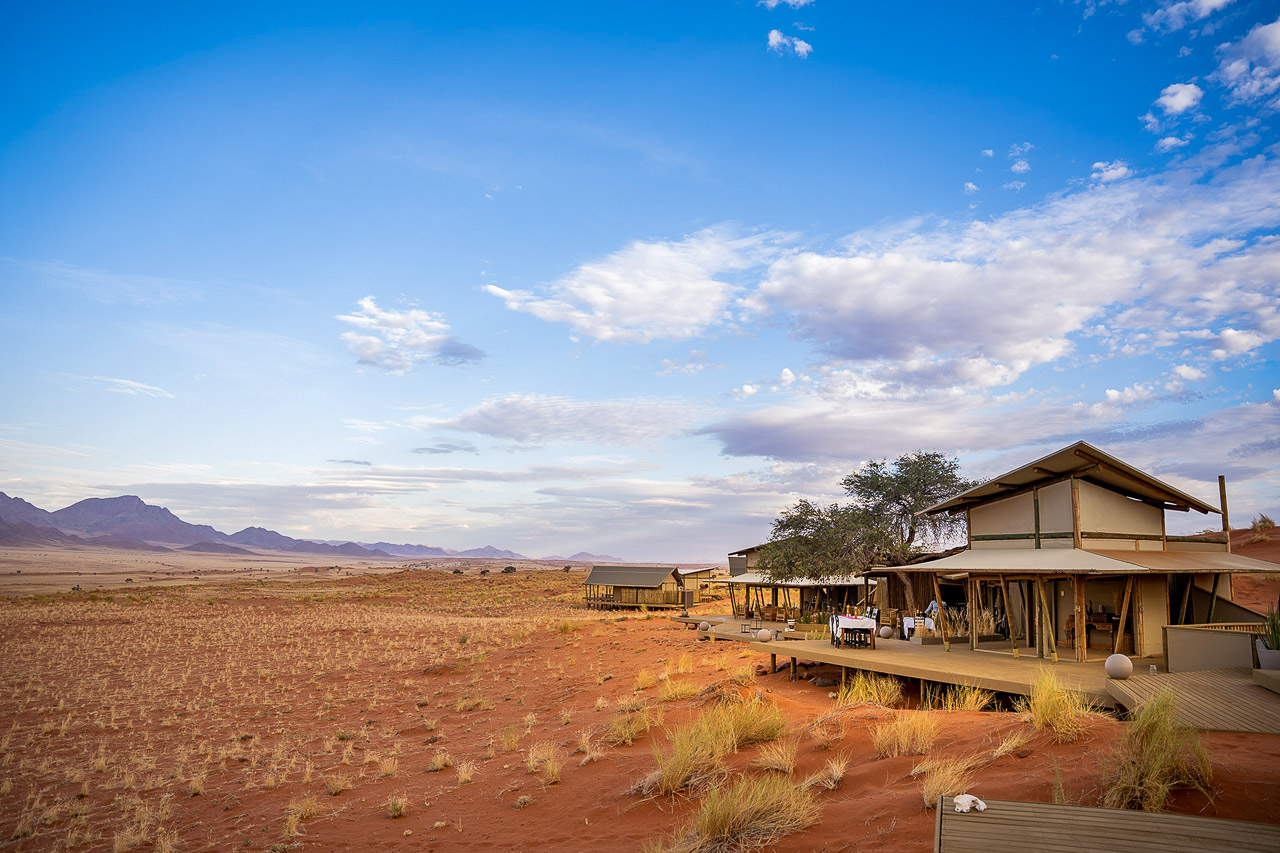
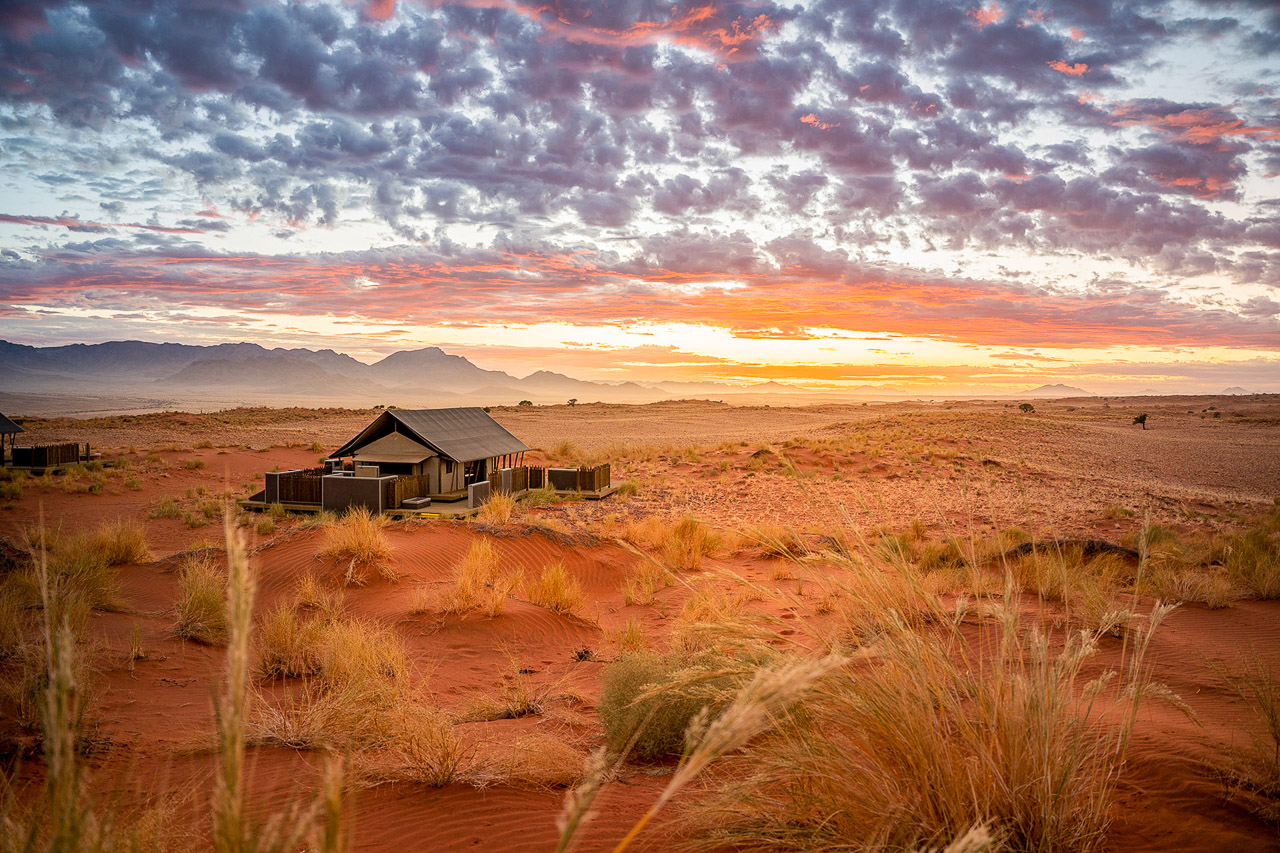
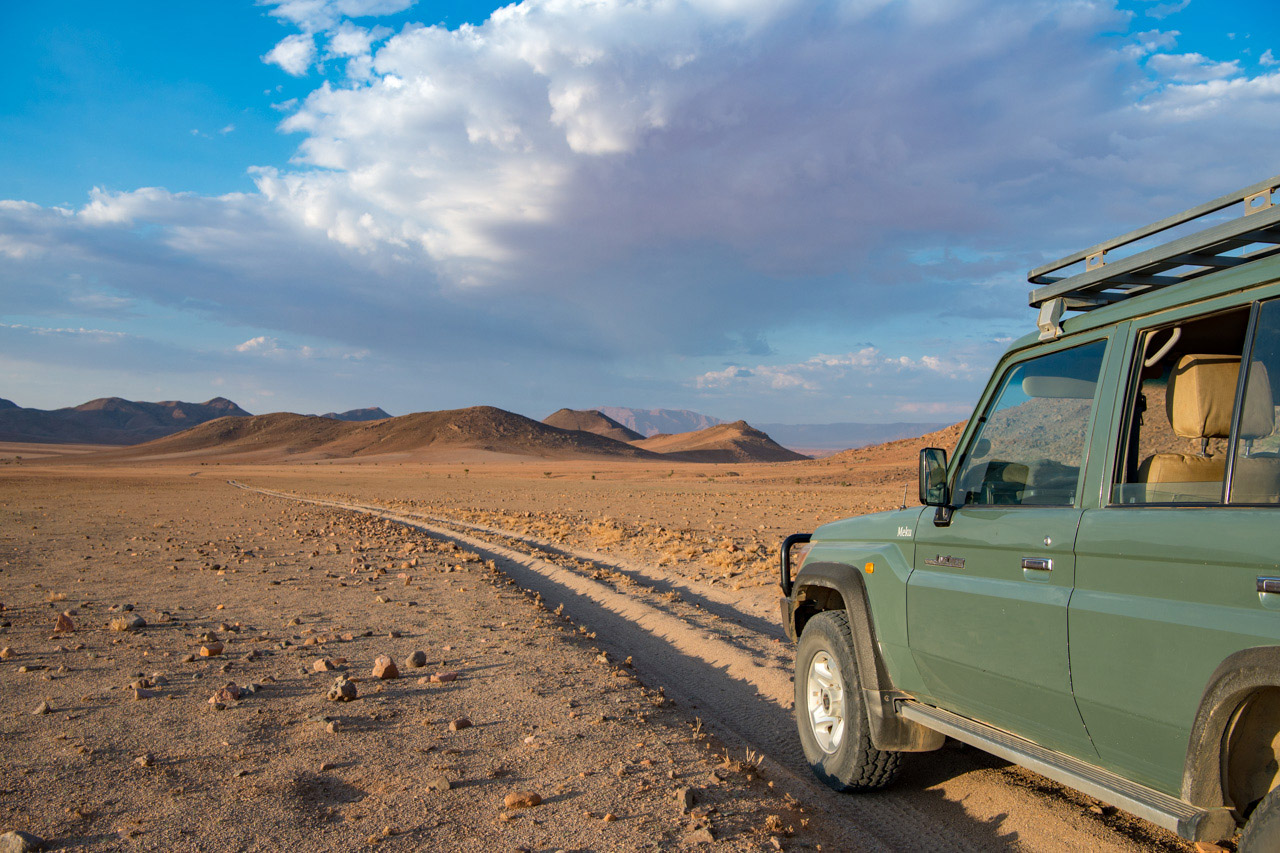
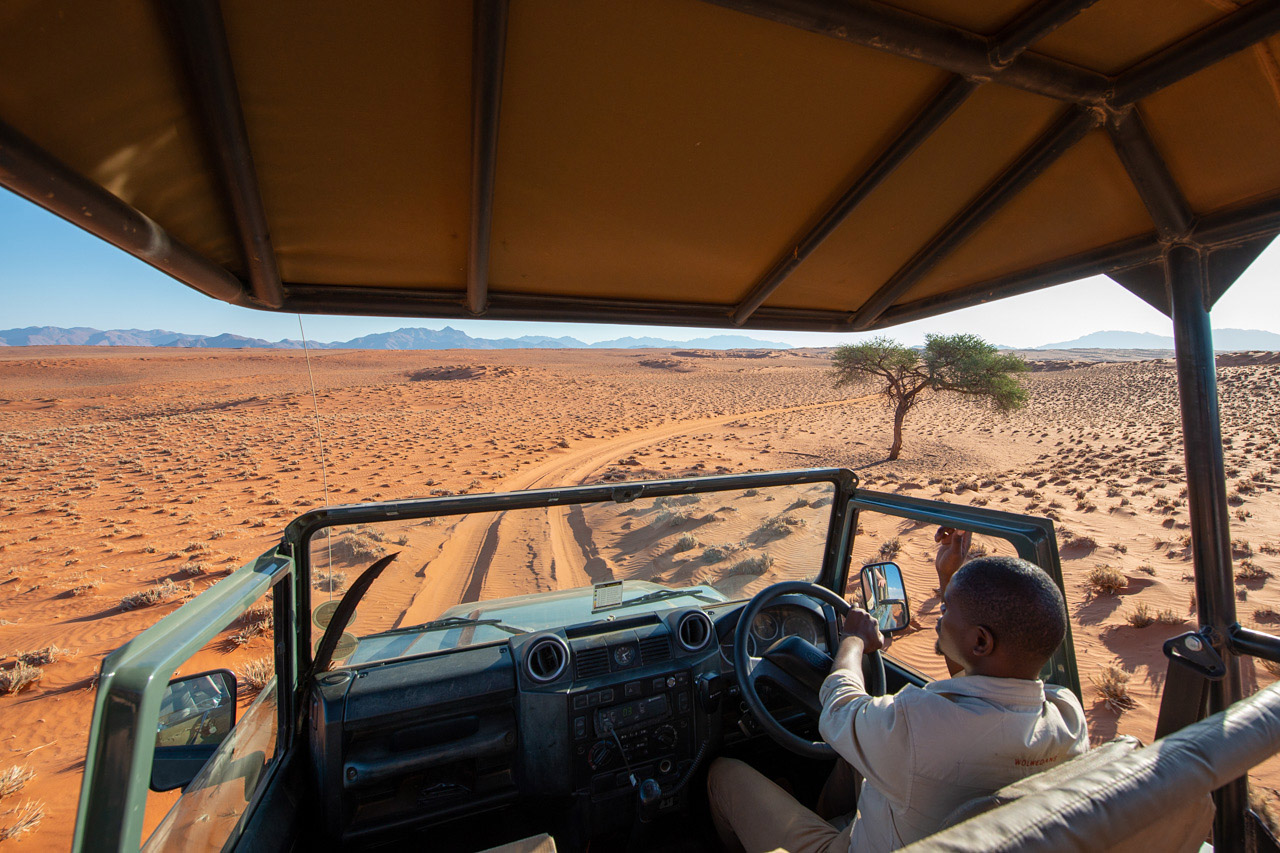
Accommodation
Positioned on the edge of a 250-metre high dune, Wolwedans Dune Camp offers six rooms and a family suite (Dune Camp Private). Guests stay in very comfortable tents, which are pitched on wooden platforms. A spacious deck, allowing for safe sleep-outs under the stars and a private bathroom (insider & outside) make for a rather civilized camping experience. Each room comes with the ‘Wolwedans Chiller’ – a water-filled silo to cool off during hot summer months.
Dune Camp Private is your private option at Dune Camp, offering space for 4 adults & 2 children, and sold on exclusive basis only. It sits high on a dune, withing walking distance from Dune Camp, but far away for total privacy. The villa has two bedrooms connected by a living area and a large deck, providing space to relax but also plenty of privacy. Each bedroom has an en-suite bathroom and a ‘Wolwedans Chiller.’
Read more about Wolwedans Desert Lodge
Read more about Wolwedans Plains Camp
Read more about Wolwedans Boulders
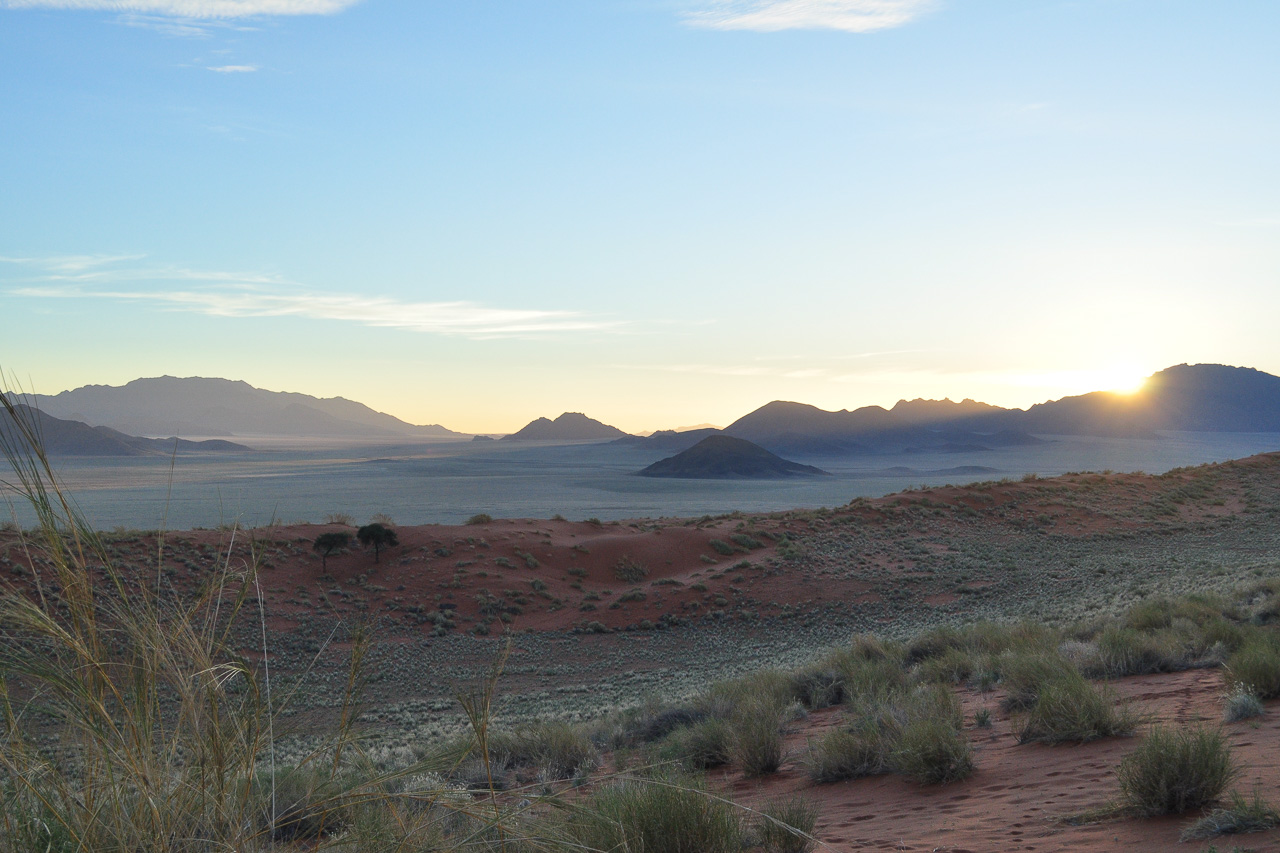
Established in 1984 by the Brückner family, the reserve currently encompasses more than 200’000 hectares of land. The NamibRand is situated some 2 hours by car south of Sesriem and abuts the Namib Naukluft Park to the west and the Nubib Mountains to the east. Its diverse landscape includes red sand dunes, vast meadows, mountains and valleys supporting several species of animal, including zebra, oryx, springbok, kudu, giraffe and cheetah.
The west of the reserve is dominated by the bush-covered dune fields of the Namib, and the east by granite cliffs and the Nubib Mountains. It is different from the Sossusvlei and its high sand dunes, so combining the two areas offers visitors a truly comprehensive insight into the Namib region.
All Namib Rand lodges offer scenic drives and the guides are more than happy to explaind the flora and fauna of the Namib to their guests. The guides will also encourage guests to leave the vehicle and explore the Namib on foot as well. As there are only few camps in the area, excursions in the NamibRand Nature Reserve are always very private and exclusive.
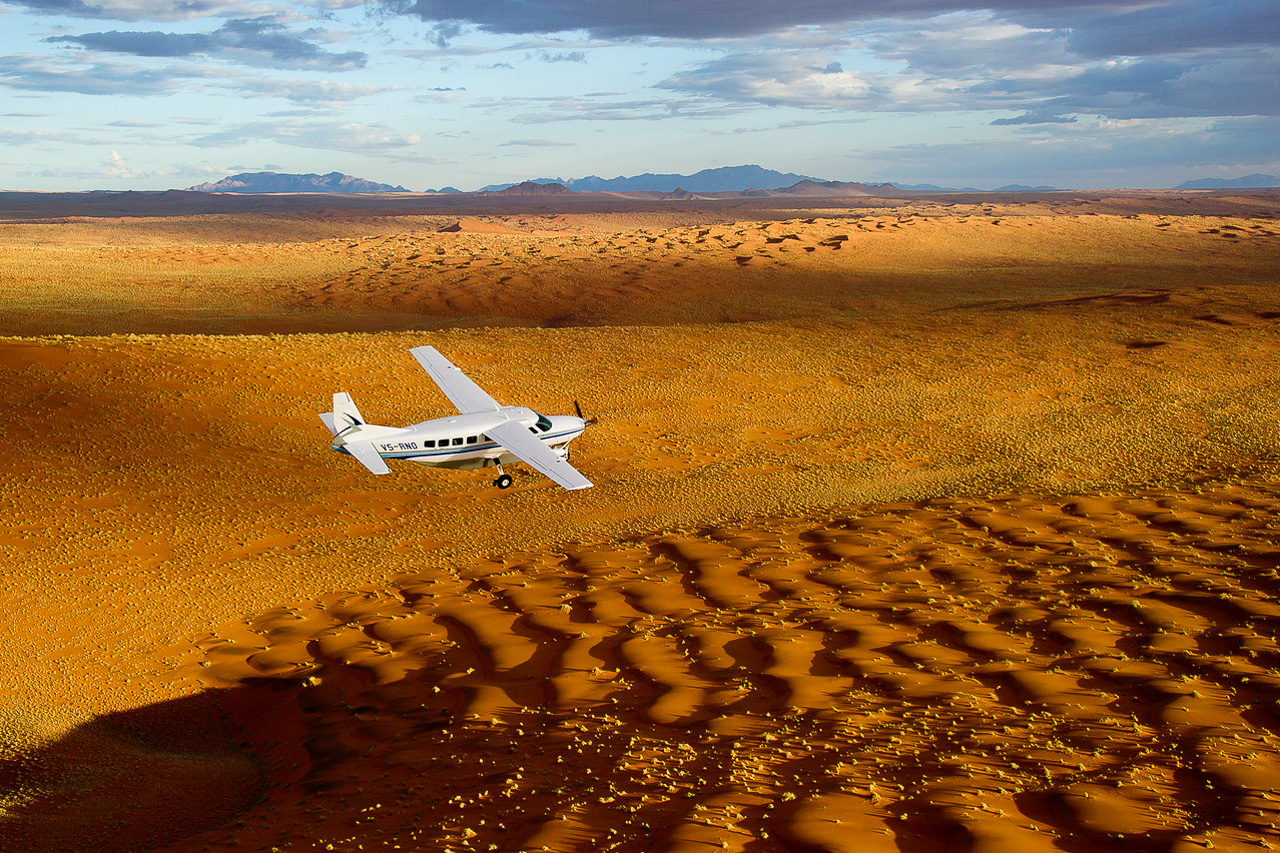
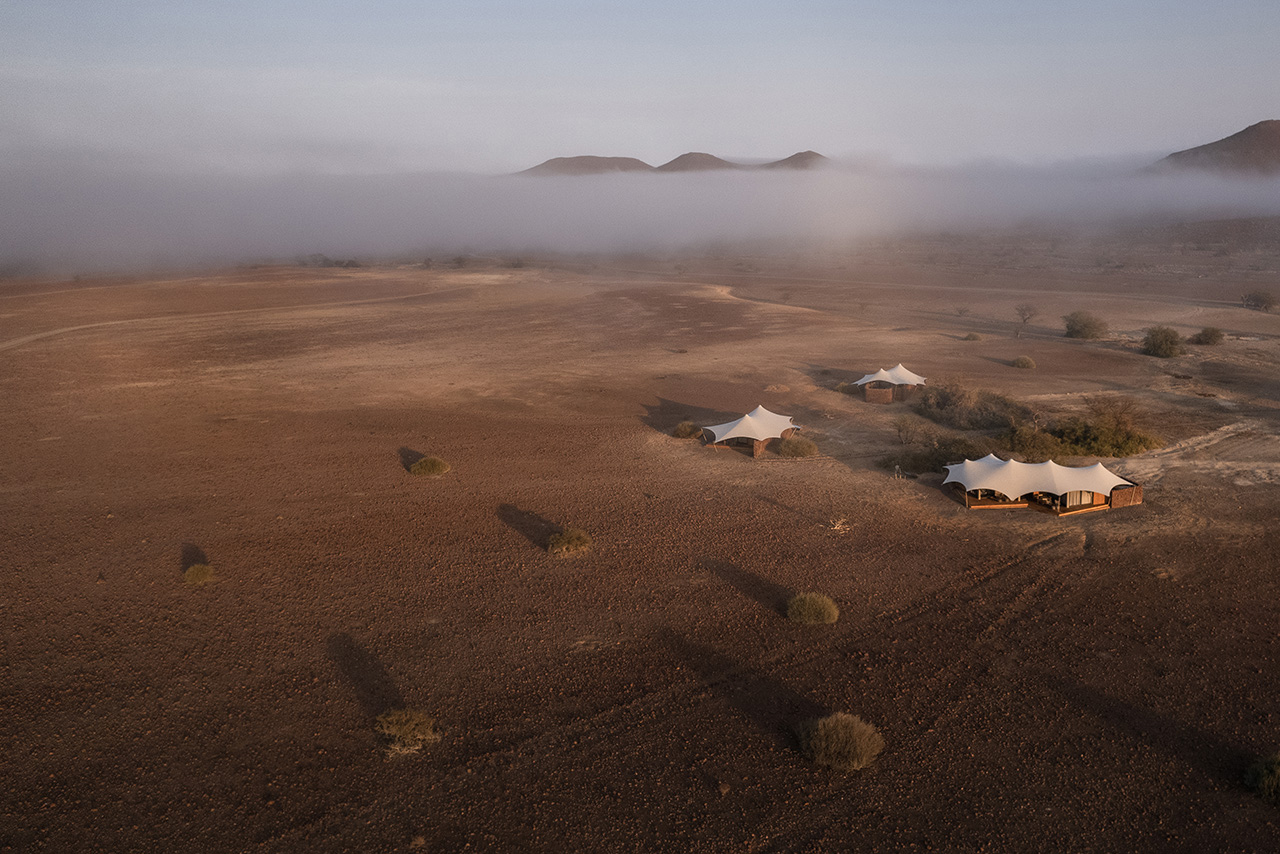
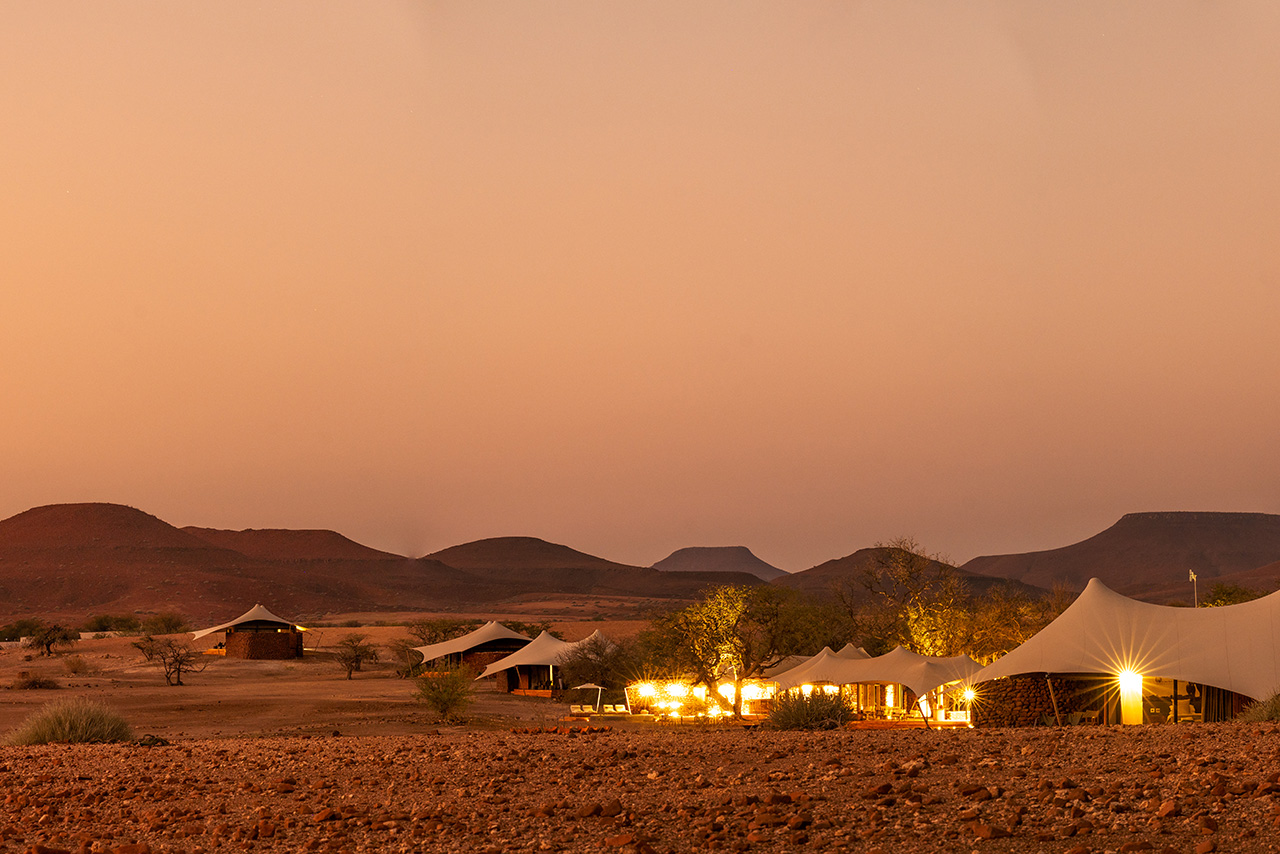
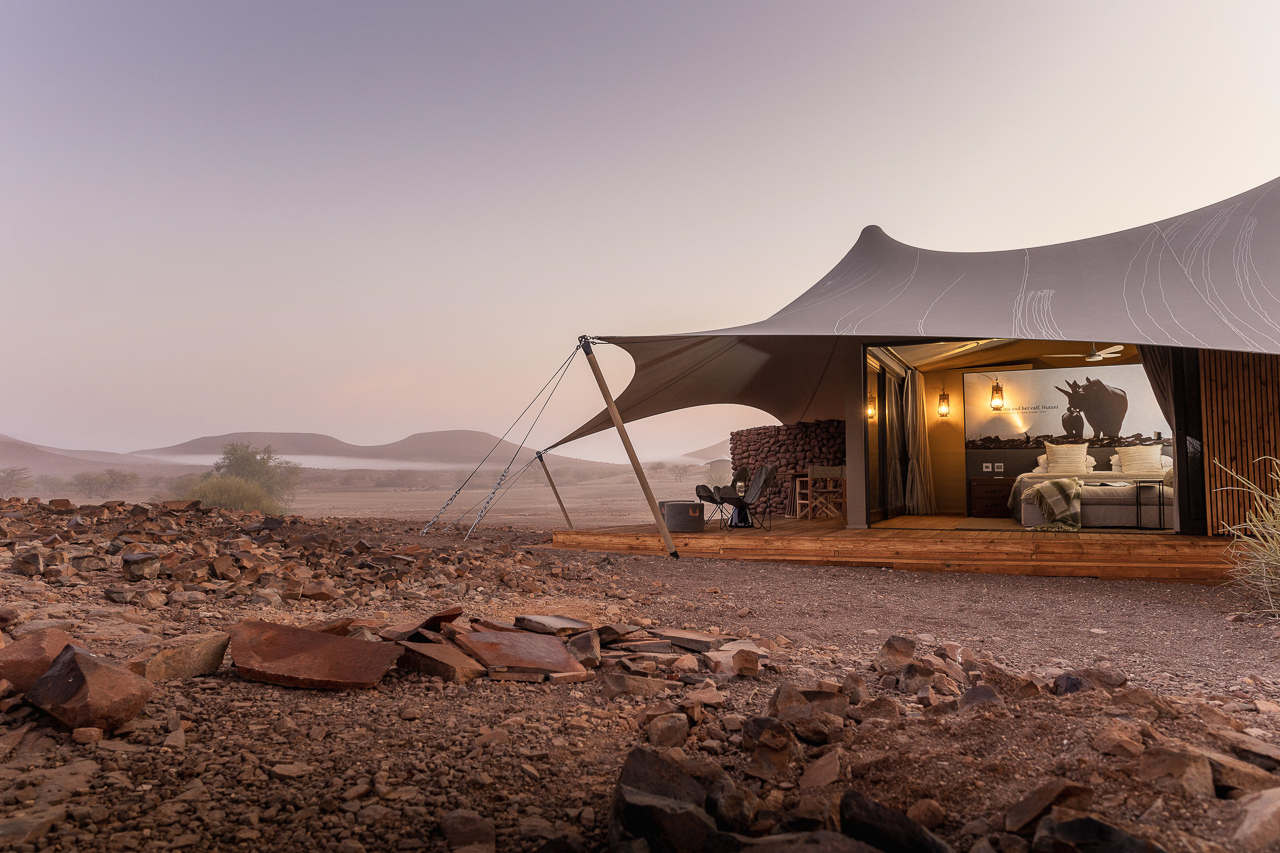
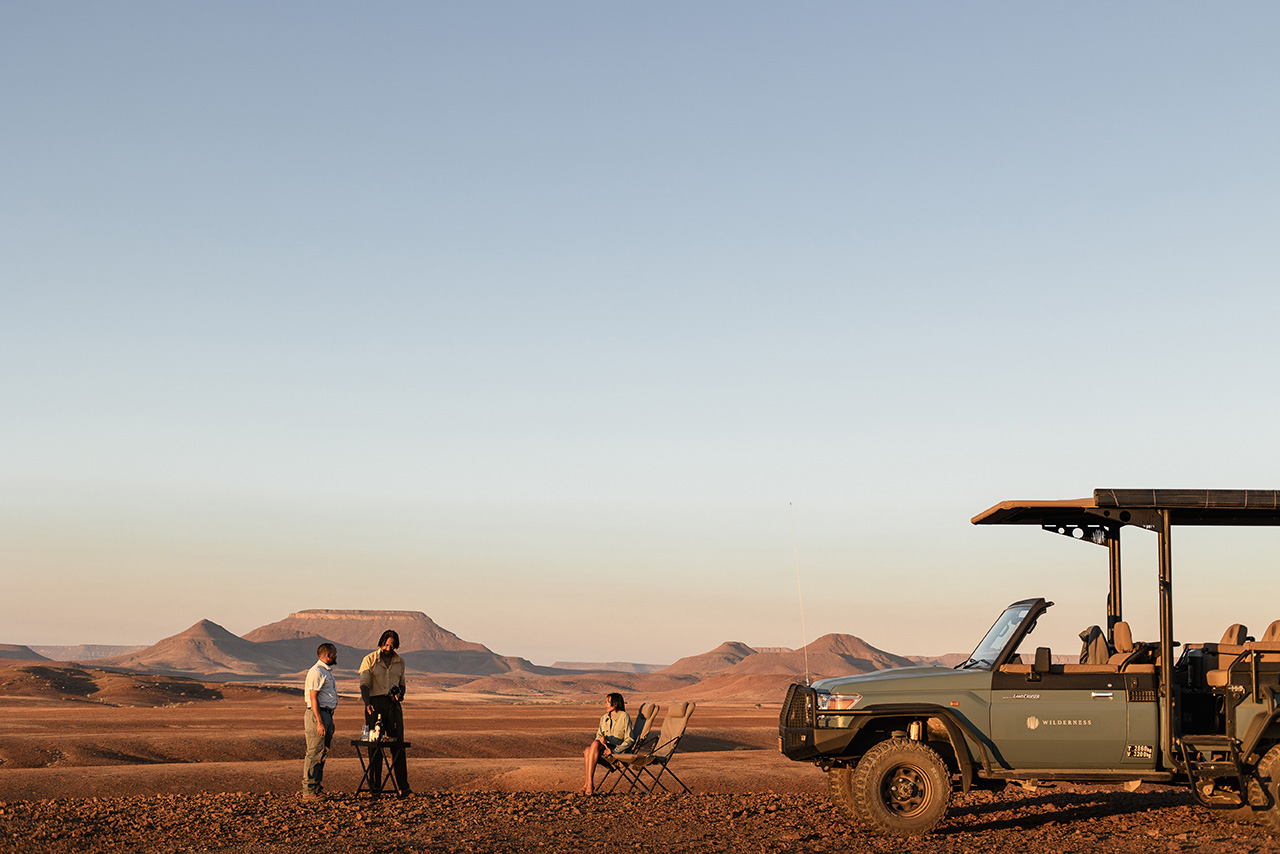
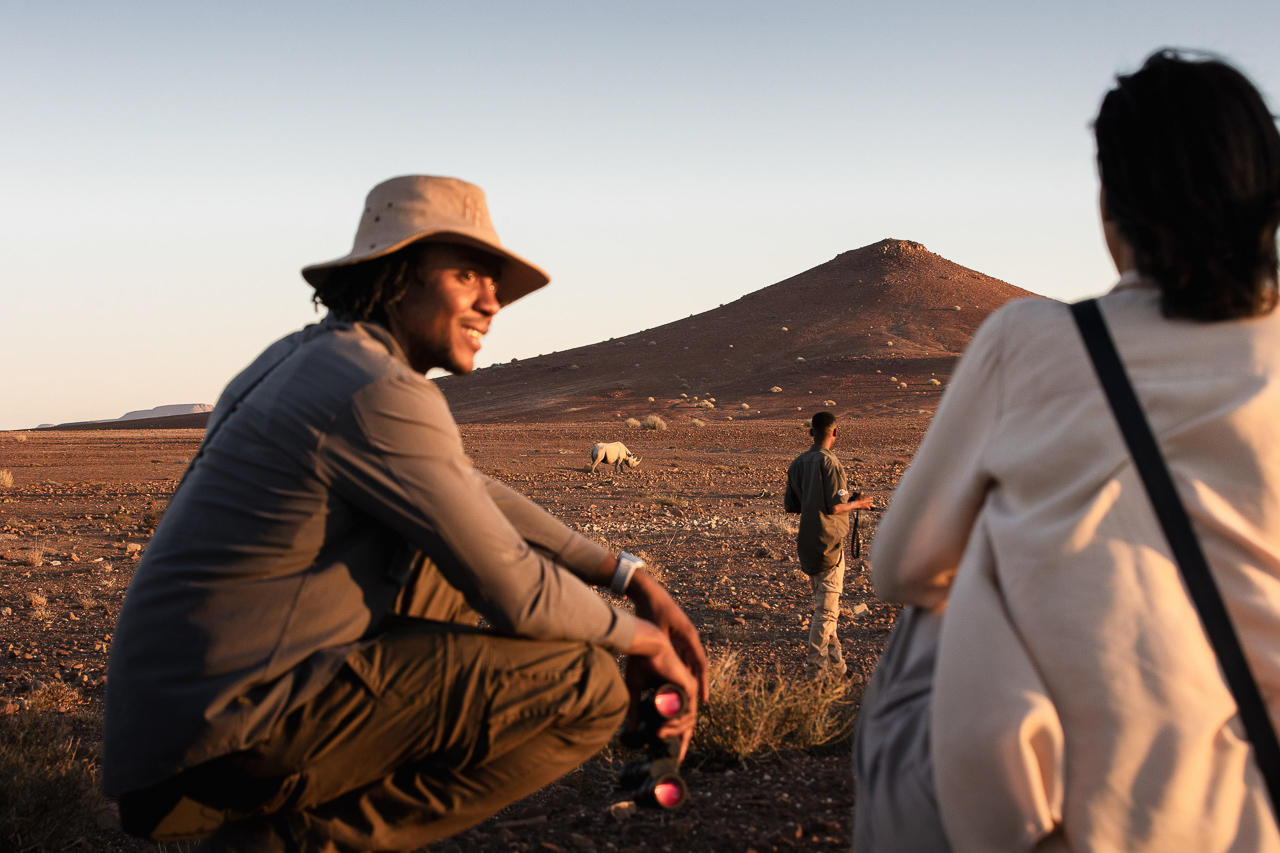
Accommodation
Desert Rhino Camp was created in collaboration with the ‘Save the Rhino Trust', an organisation dedicated to saving black rhino. These wonderful creatures have been widely protected from poaching and the rhino population in this area is the largest in Africa outside a national park! The partnership between the local communities, Save the Rhino Trust Namibia (SRT) and Wilderness ensures that Desert Rhino Camp remains one of the best places to see these imperilled animals in their pristine natural habitat.
Wilderness Desert Rhino Camp creates a sheltered haven within the occasionally harsh but always stunning desert environment. All six tents face the rugged desert landscape, featuring deep overhanging stretch fabric roof structures that offer protection from the desert sun while preserving the exquisite horizon views, within this breathtaking desert landscape. Soft interiors showcase stone, timber and leather, celebrating the classic explorer age, while seamlessly blending in modern style and sophistication. Each of the suites has its own stargazing deck, inviting quiet contemplation under the bountiful African sky.
Families are easily accommodated in the family tent consiting of two identical units, each with its own en-suite facilities. The family rooms sleeps four comfortably.
Access is either by air or visitors can leave their own vehicle at Palmwag Lodge and use the shuttle service for the 1-hour journey to camp.
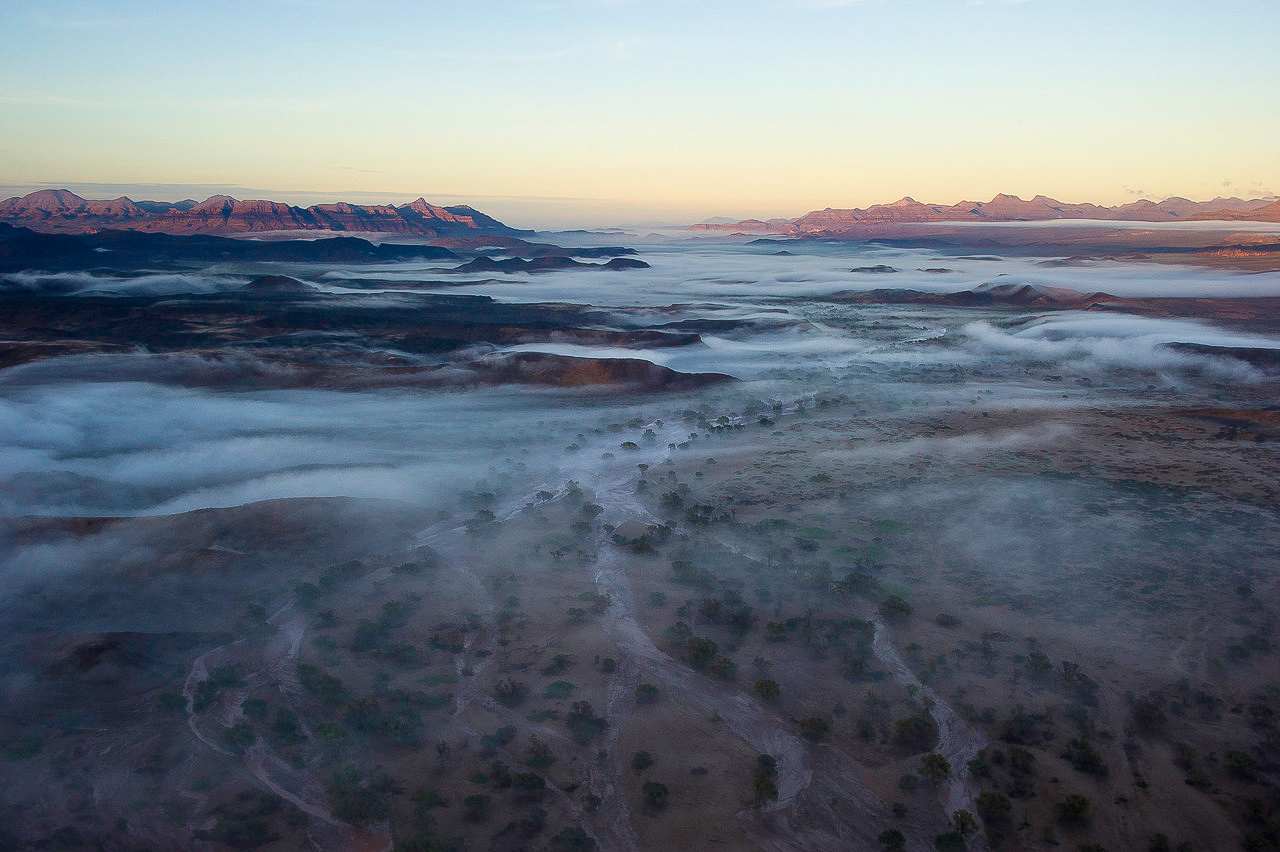
Famous formations include Namibia’s highest mountain (Königsberg in the Brandberg Massif, 2606 m), the Vingerklip (a rock needle) and the Spitzkoppe (Namibia’s 700 m high Matterhorn). It is also well worth visiting Twyfelfontein to see the world-renowned rock engravings – a little touristic, but also a World Heritage Site.
The remote west of Damaraland is particularly interesting. It includes the Palmweg Concession with its abundance of rhino, and the Torra Conservancy, which is also a haven for desert elephant.
Fog often forms over the cold water of the Atlantic at night, carrying much needed moisture to plants up to 20 km inland. Depending on the time of year, the fog disappears again shortly after the scorching Namibian sun rises. The densest fog can be found along Skeleton Coast during the winter months; the best weather can be found here from November to March (hot season).
Various rivers flow from east to west through Damaraland, but they are mostly dry and only flow during the wet season. The main rivers are called Huab, Ugab, Uniab and Koigab. The edges of these river valleys support trees such as mopane, camel thorn, ana tree and various shrubs, which in turn attract a list of animals from the surrounding area, including desert elephant, which has adapted to the region’s harsh and barren conditions. Other wildlife that can be spotted here includes oryx (gemsbok), kudu, Hartmann’s mountain zebra, giraffe and springbok. Visitors can also, but rarely, catch sight of lion, leopard and very shy rhino.
We love Damaraland because of its beautiful landscape. Spotting wildlife, such as desert elephant, just makes it all the more beautiful.
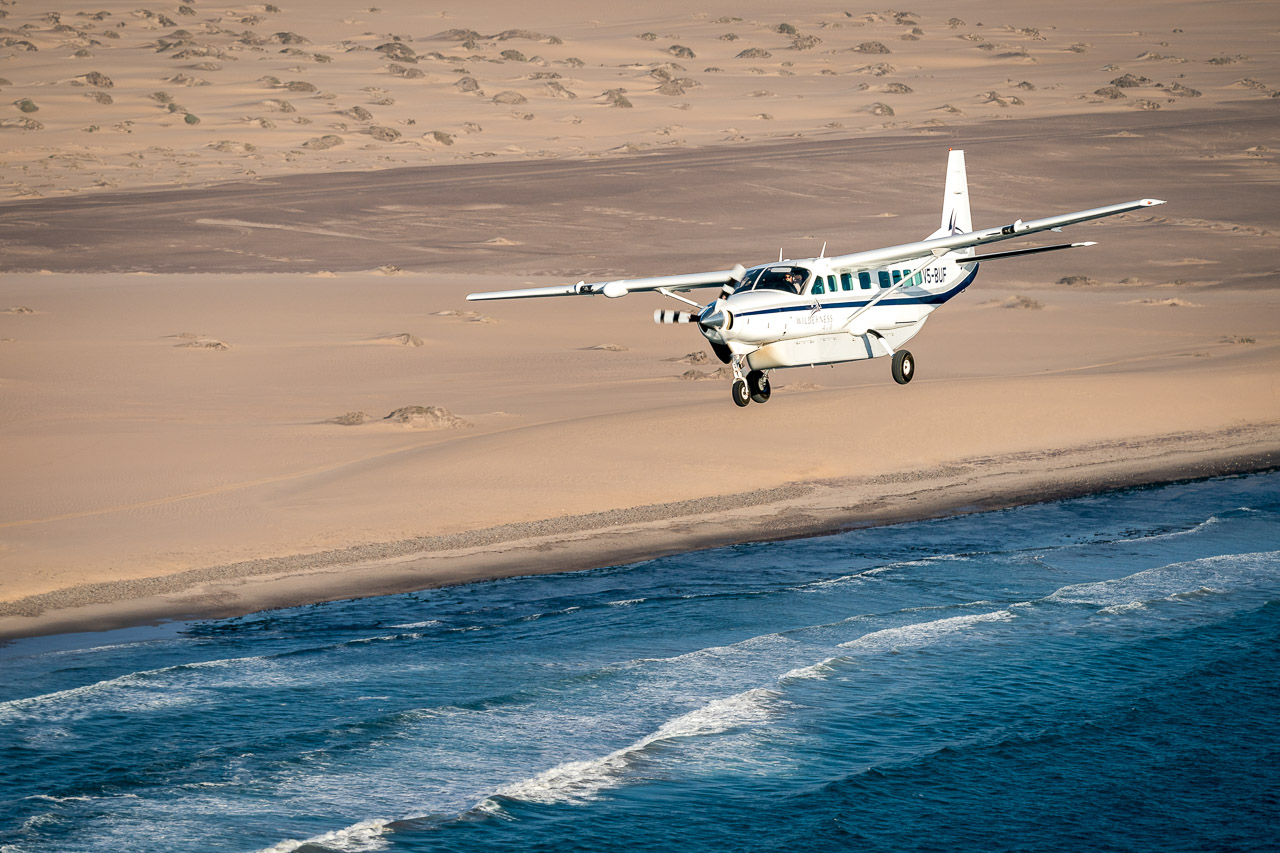

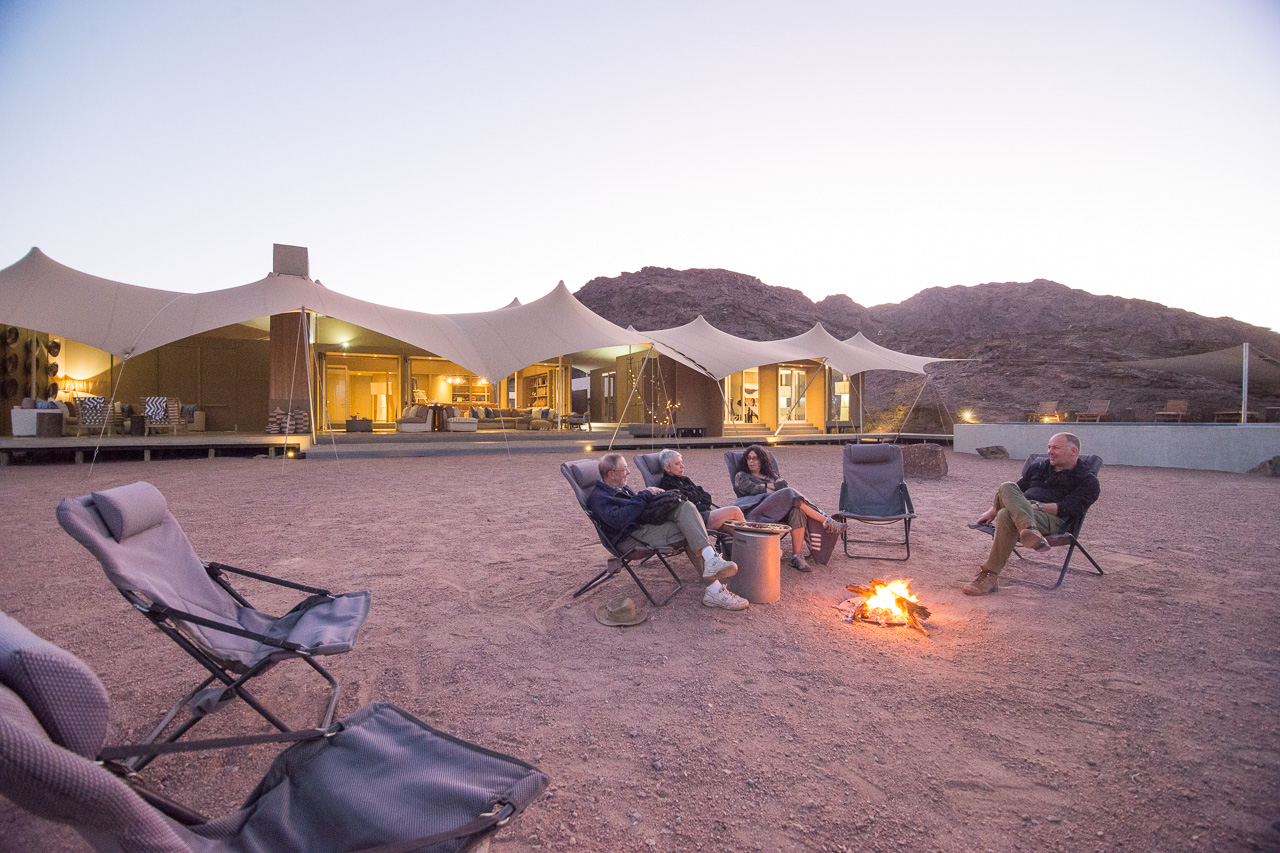
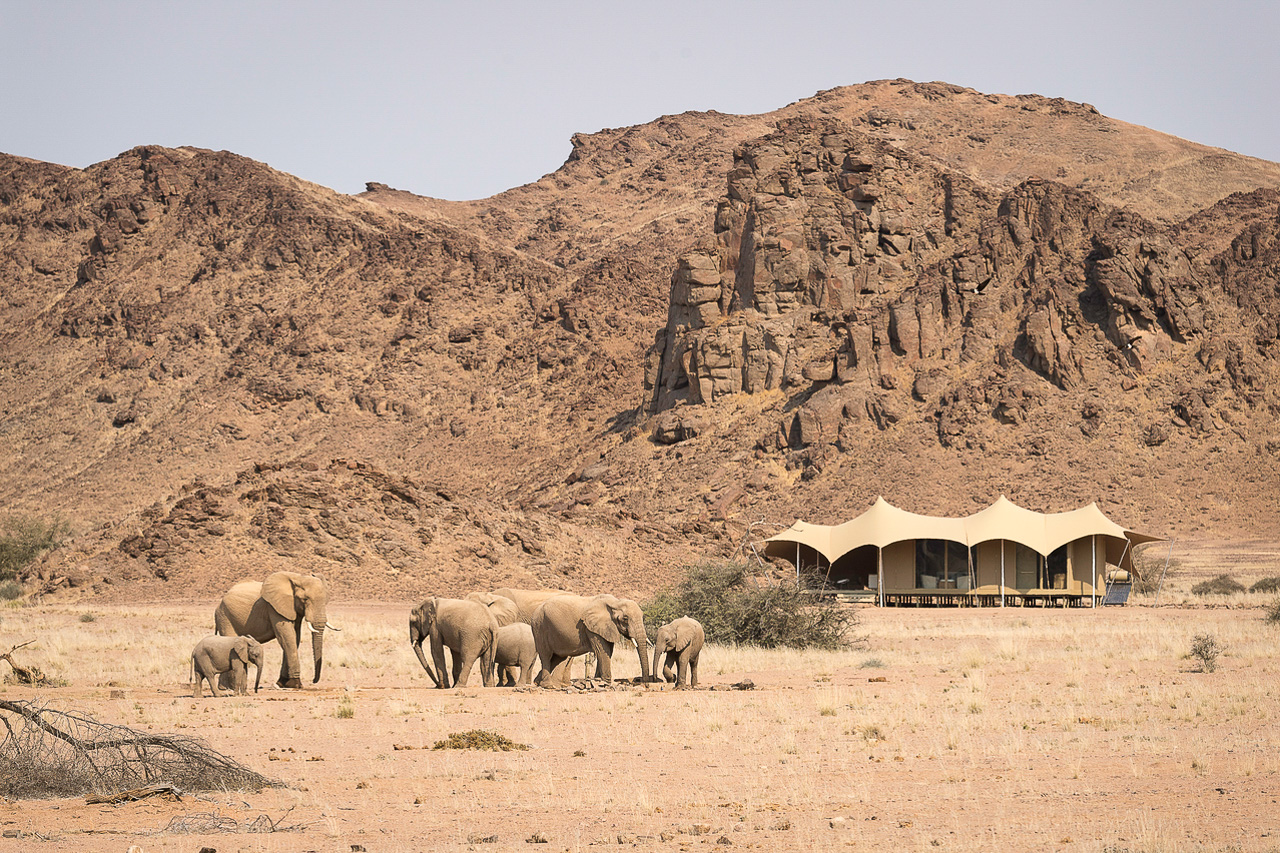
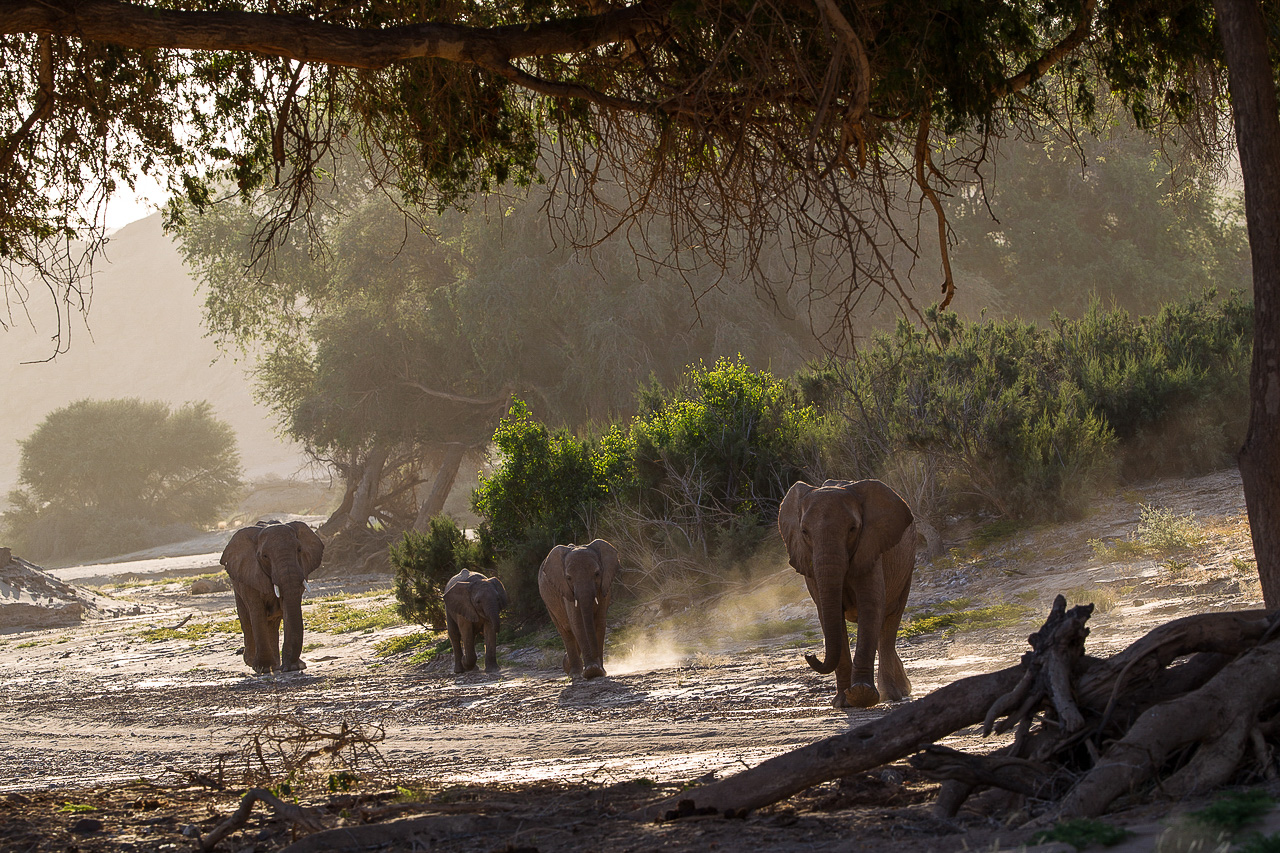
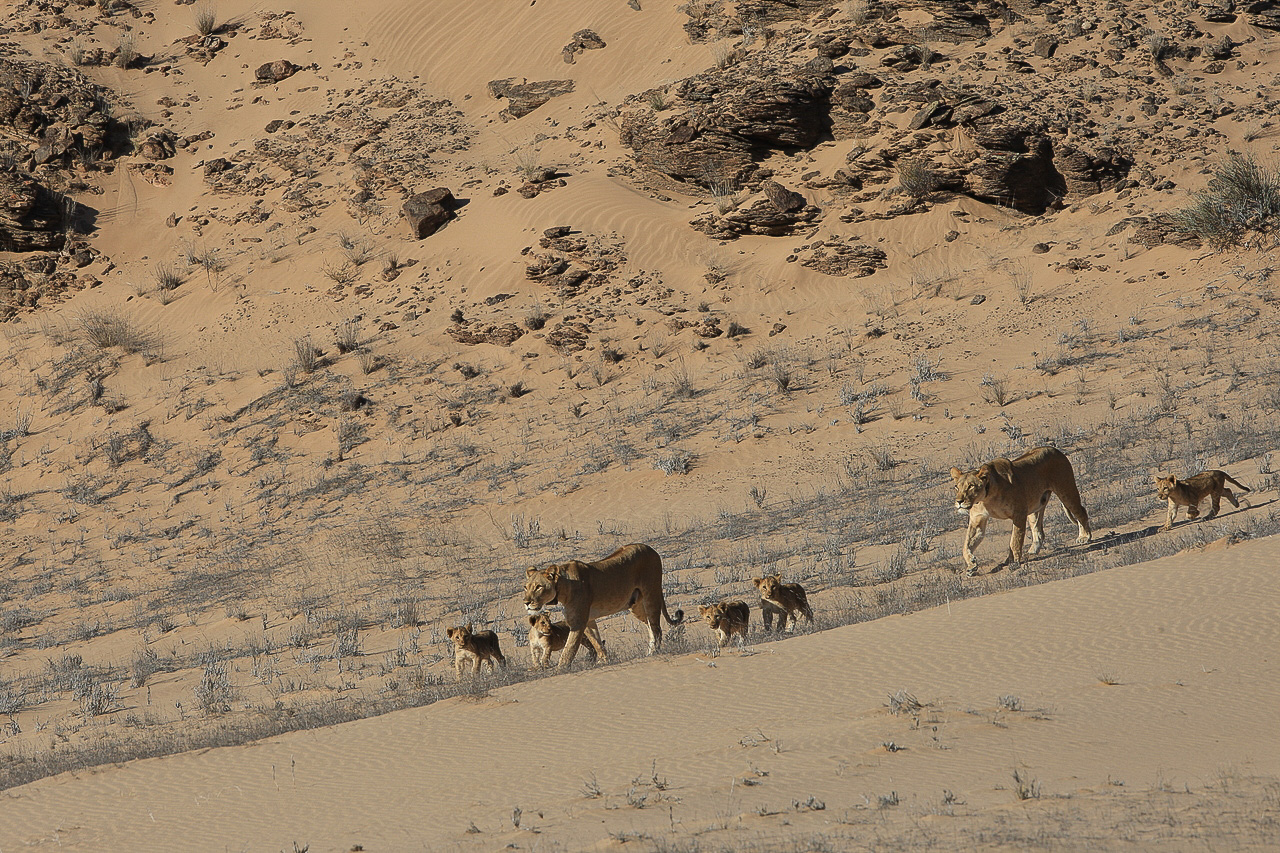
Accommodation The exclusive Hoanib Skeleton Coast camp compromises just eight twin-bedded tents and one family unit. The tents are raised on platforms and include a private shaded outdoor lounge.
The central part of the camp compromises a big tent with bar, lounge, library and dining area. A second lounge and the swimmingpool area are located on either side of the main building. The fire pit in front of camp is the meeting point for pre-dinner drinks and early breakfasts.
The camp has views north towards the Hoanib river and is flanked east and west by rugged hills. The camp looks out onto a small waterhole that is often visited by elephant, oryx and other mammals.
Hoanib Skeleton Coast Camp is located on a private concession available only to the guests of the lodge. This huge area includes the Hoanib riverbed and its banks from Amspoort down to the ocean. Only guests of Hoanib Skeleton Coast Camp are allowed to use this area on scenic drives and excursions.
The Hoanib river remains dry for most time of the year. However, once the first rains fall, usually not before November, the Hoanib can temporarily turn into a wild river.
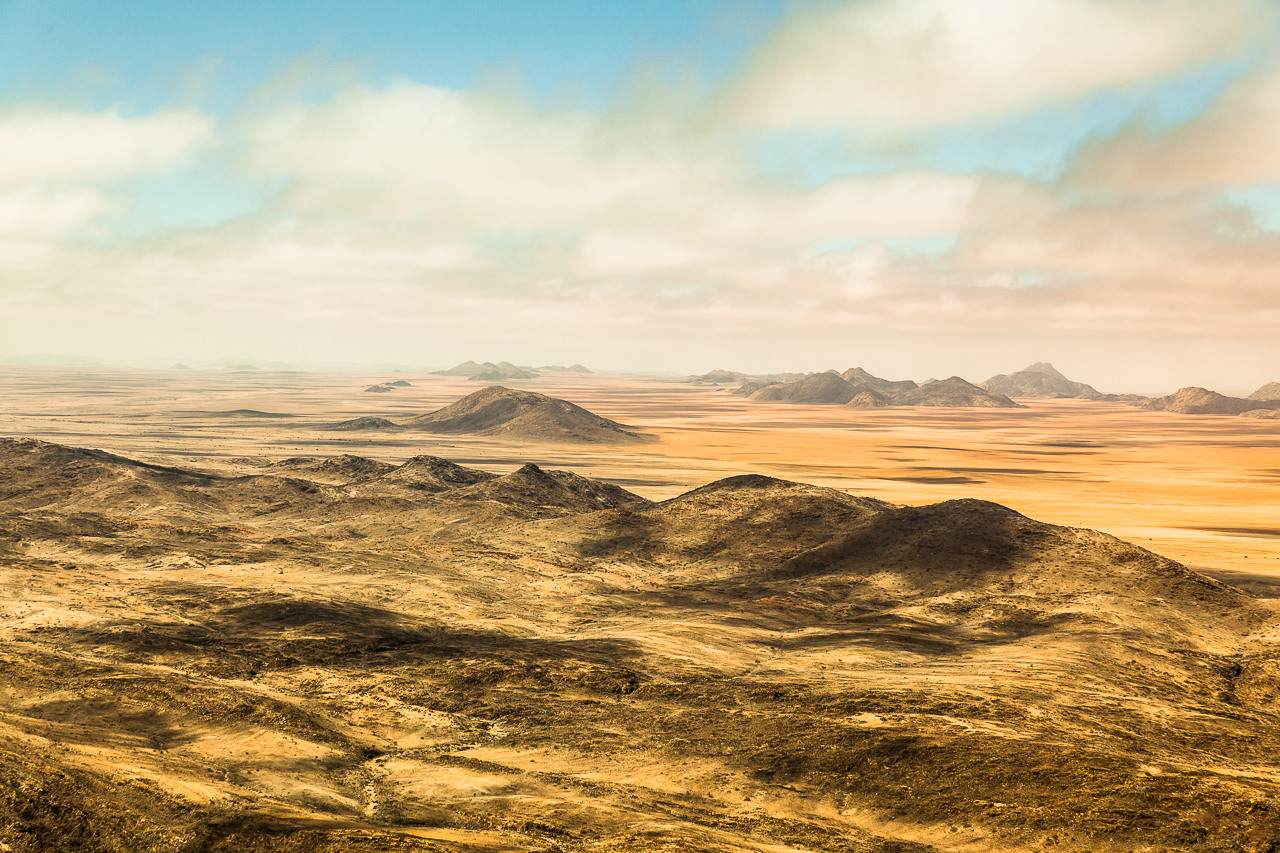
The Kaokoveld covers an area of around 50’000 km², and includes the region between the Hoanib River and the Kunene River, which marks the Angola border; the Skeleton Coast National Park marks the western border. There is little to no infrastructure here, which means the Kaokoveld is one of the few true wildernesses still in existence. The few people you’re likely to come across in this region are the semi-nomadic Himba, who have learned to survive in this sometimes extremely arid environment.
The western part of the Kaokoveld, from Sesfontein up to the Epupa Falls, is less interesting for us. We stick to little-known tracks in the hinterland and never travel on tarred roads in the Kaokoveld. Riverbeds are our roads and the starry sky is the roof above us.
If you like a combination of camping in remote places and staying in beautiful lodges, then our Kaokoveld Expeditions are perfect for you. Not only is the landscape fascinating here, we also often come across desert elephant, giraffe, zebra, oryx and sometimes even lion and rhino. This is one trip you will never forget.
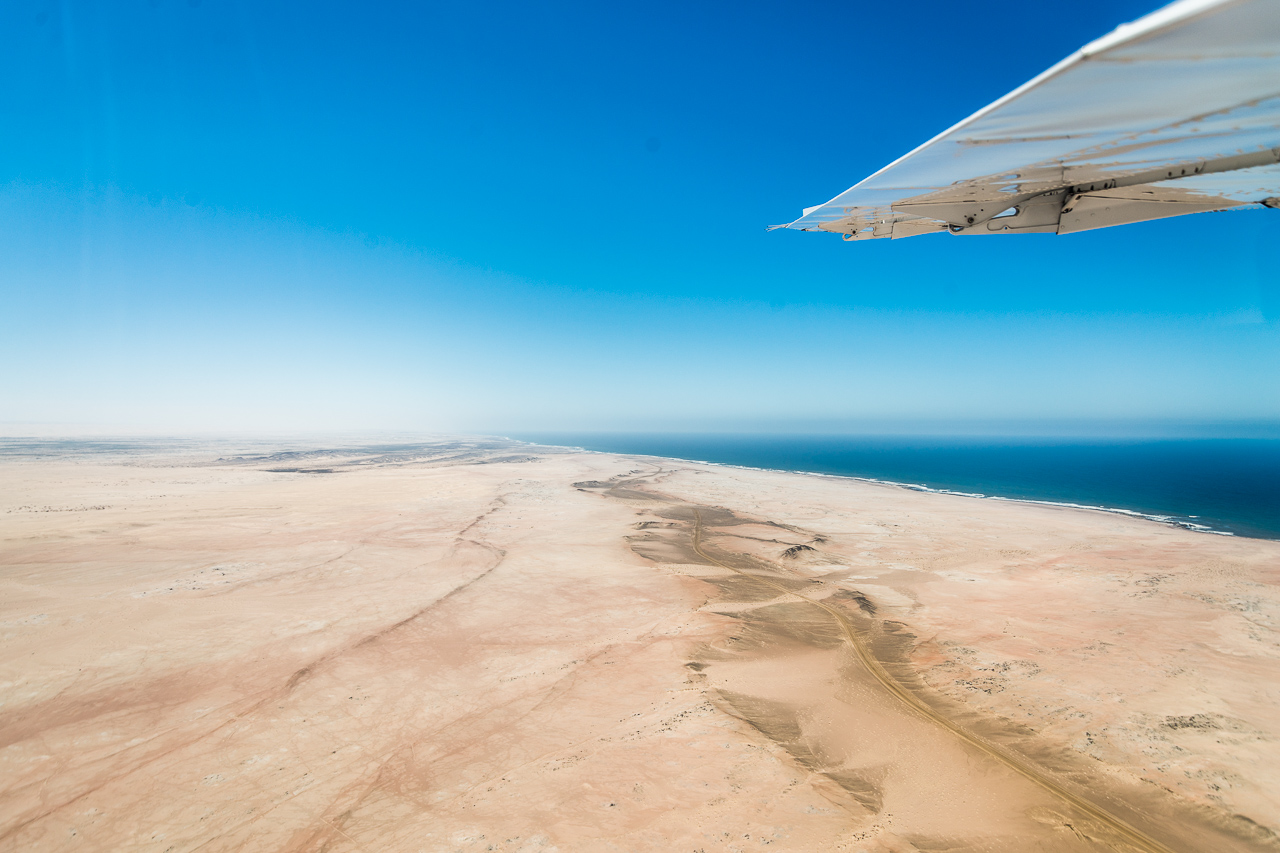
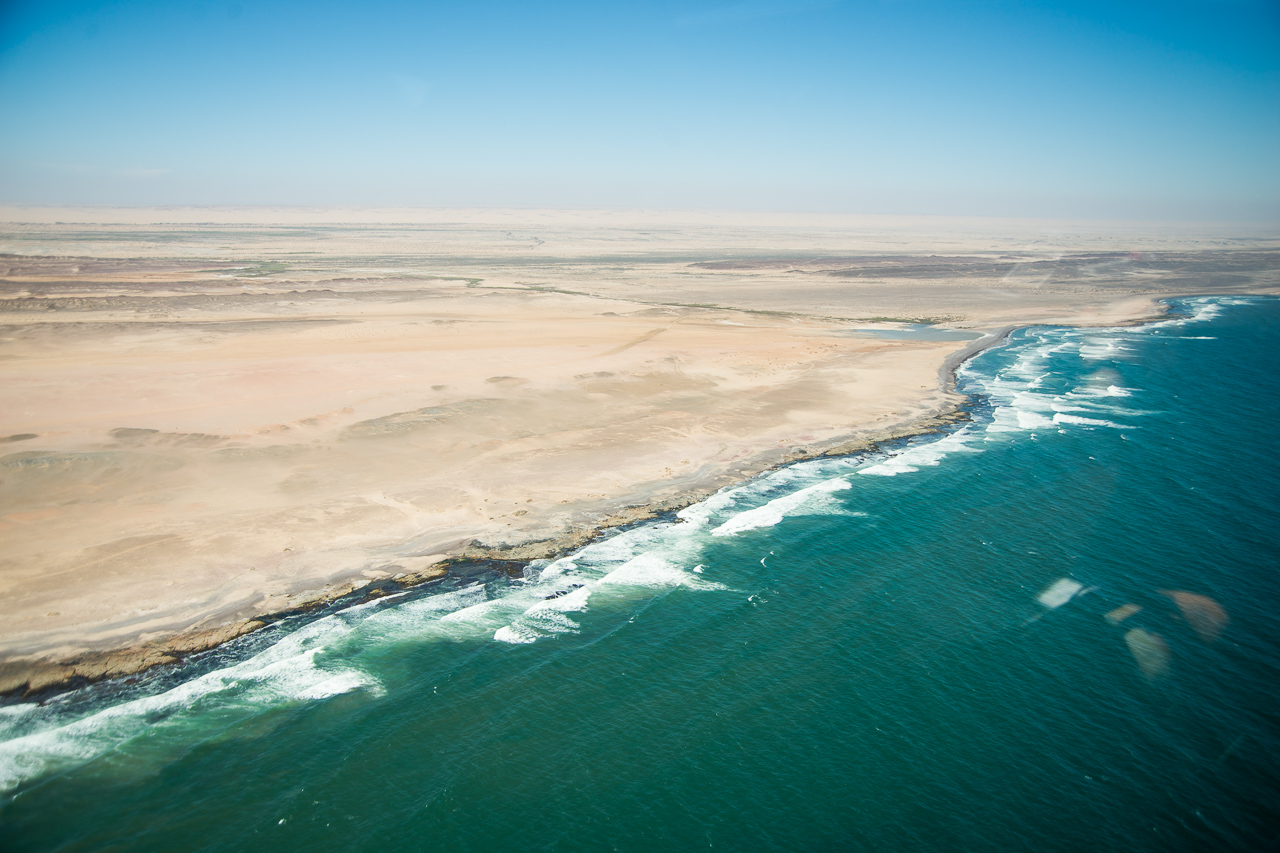
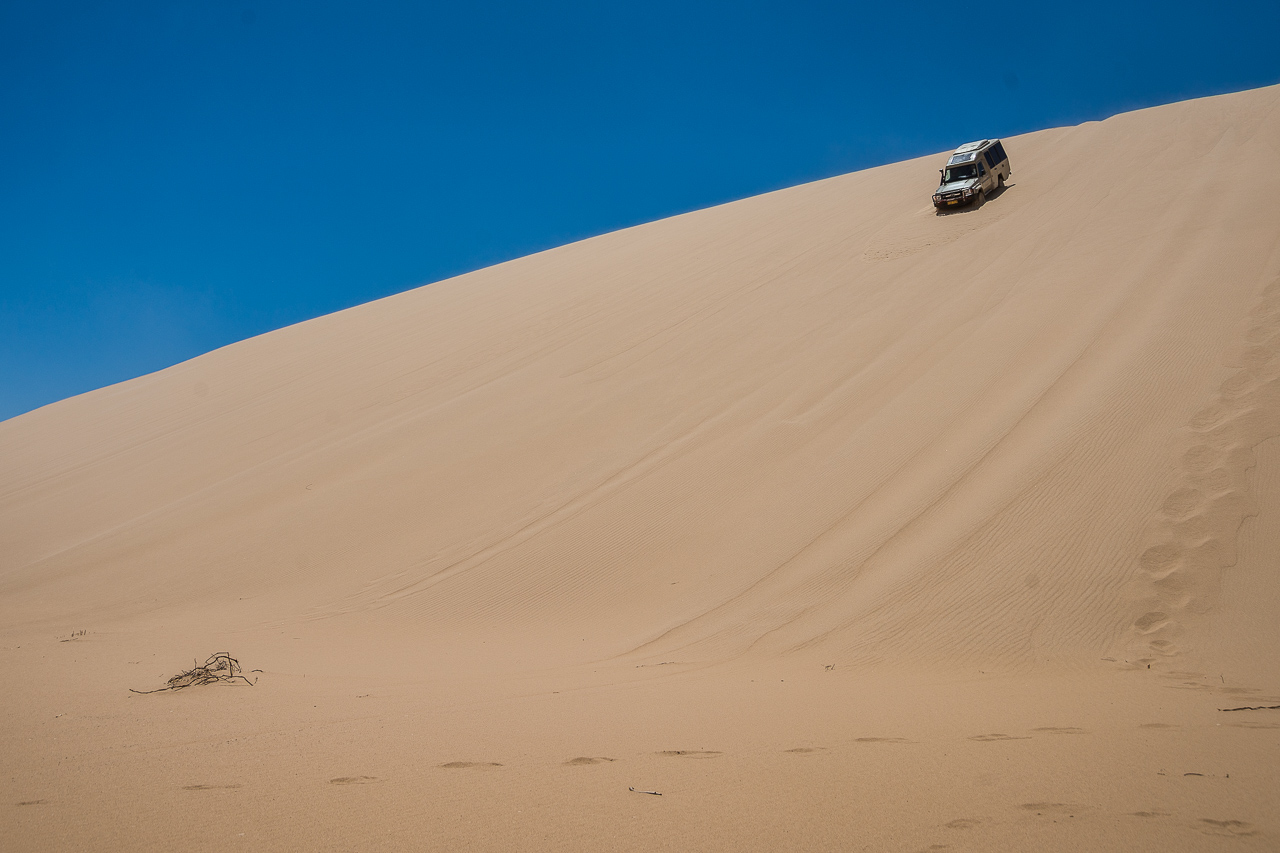
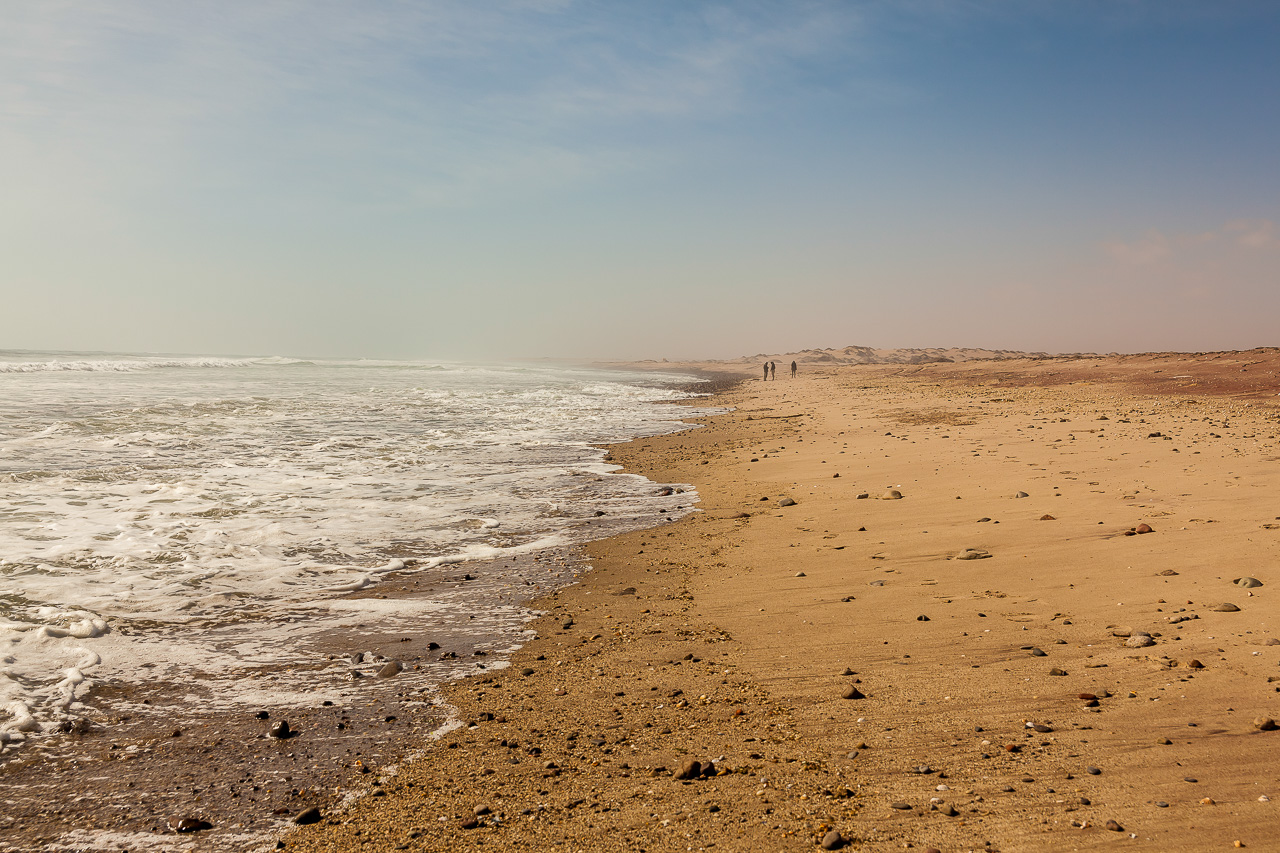
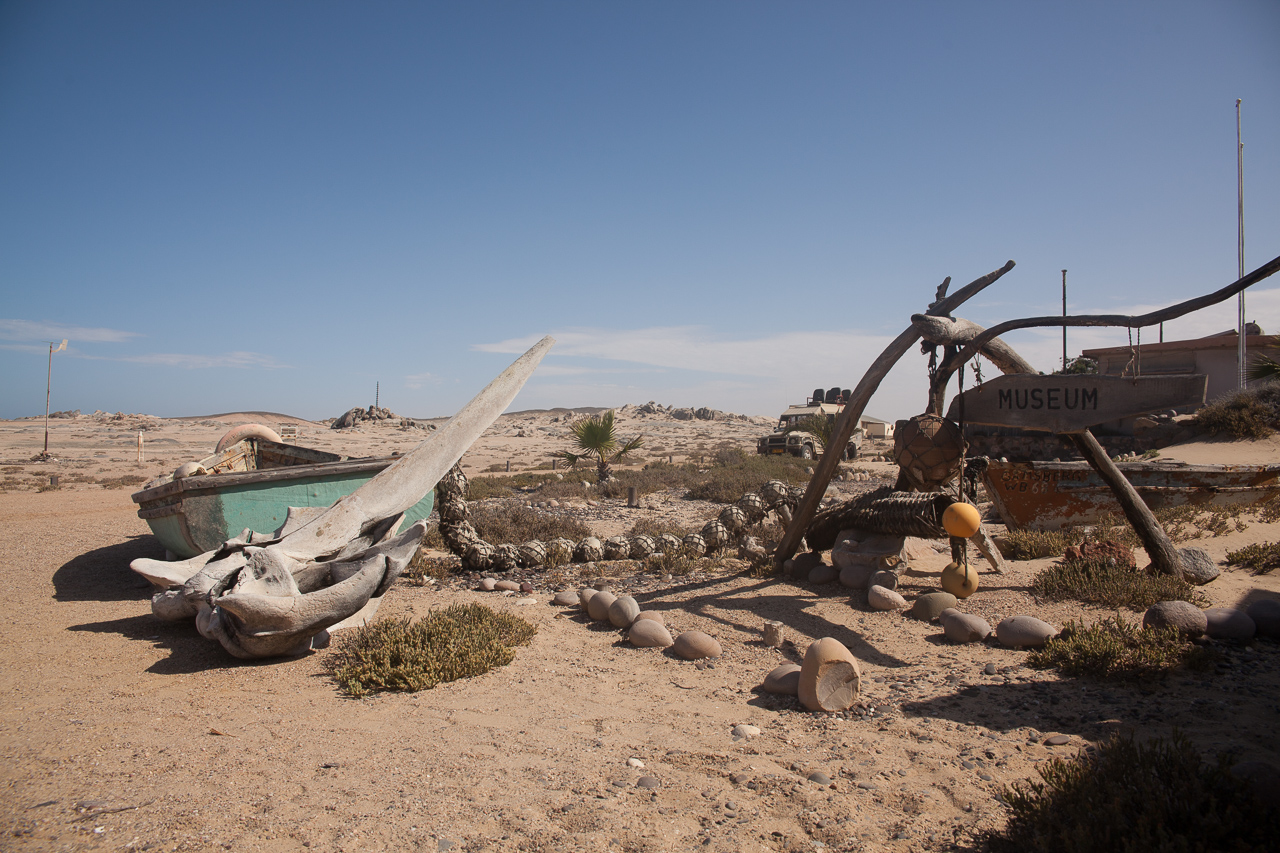
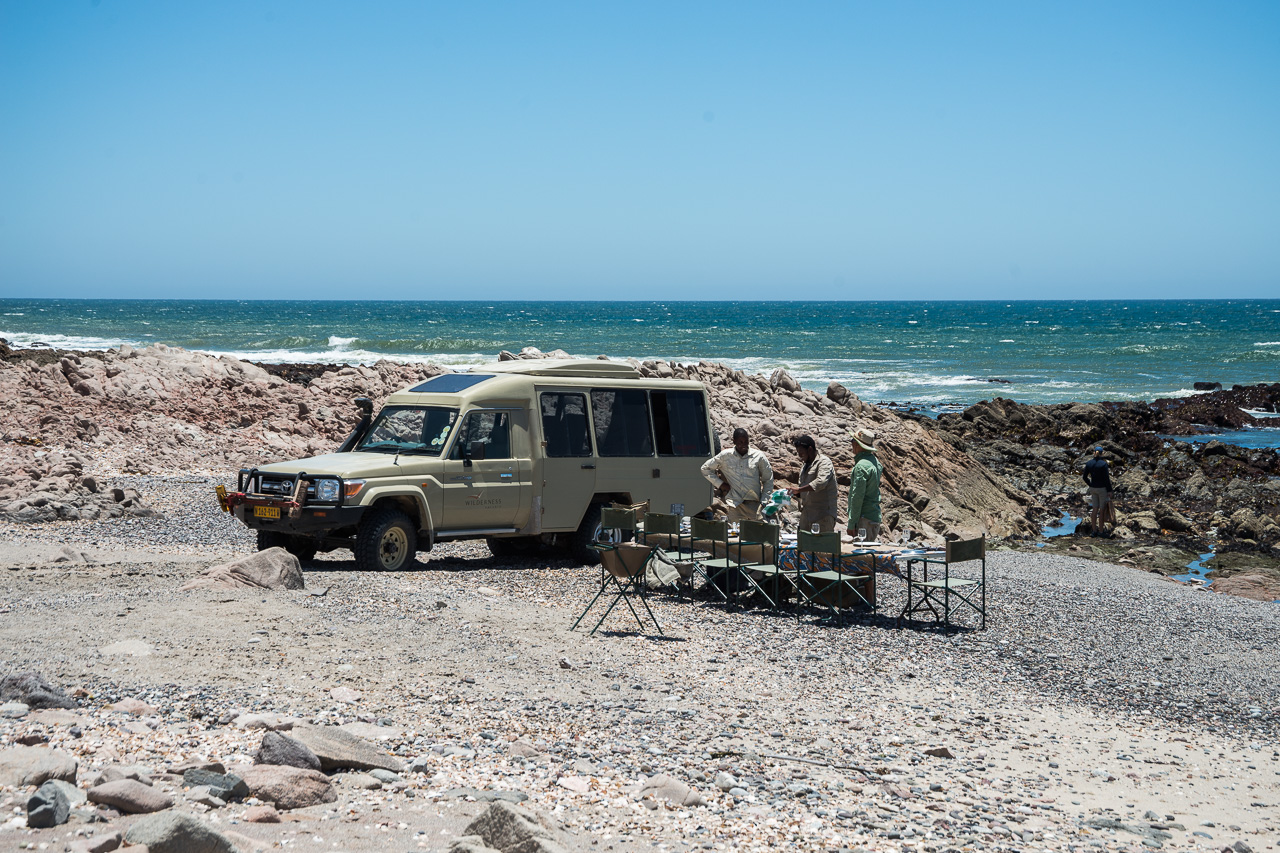


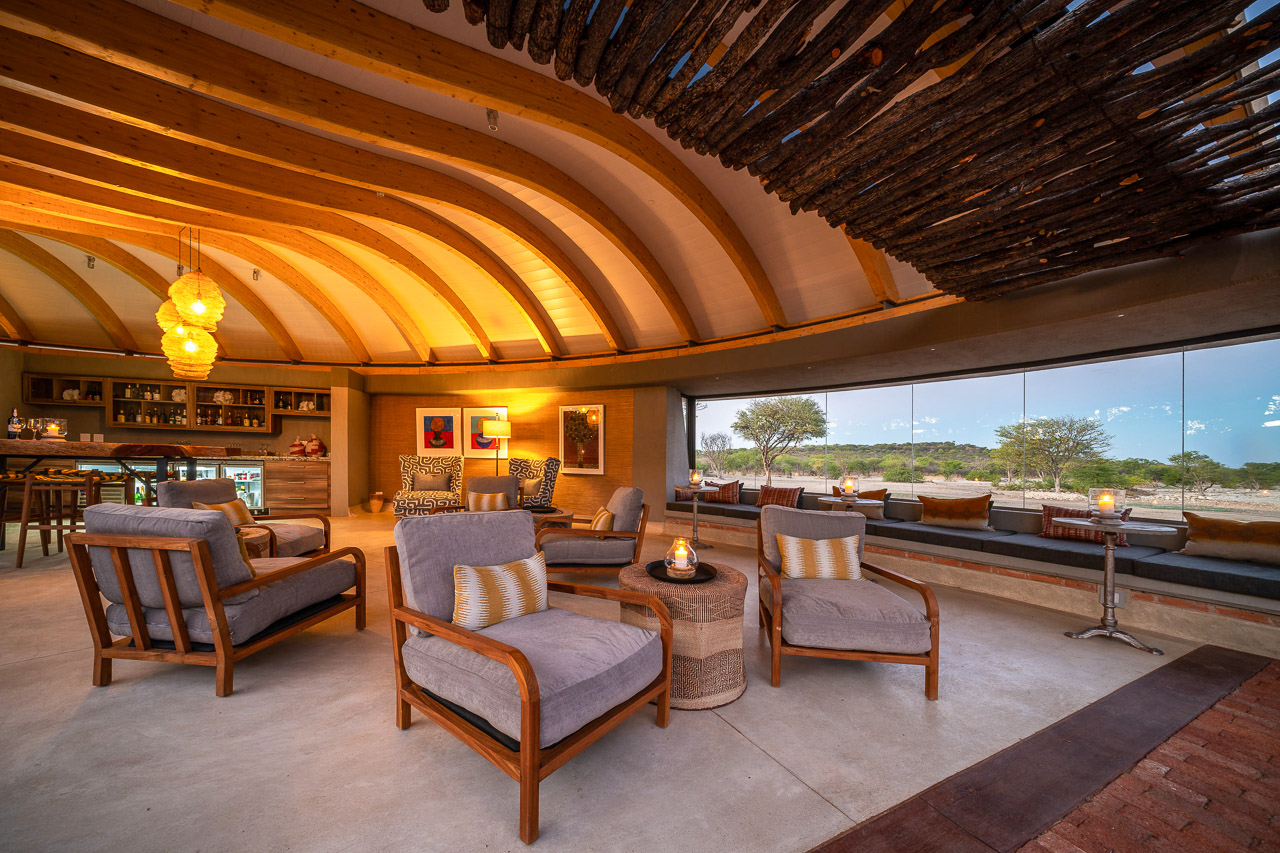
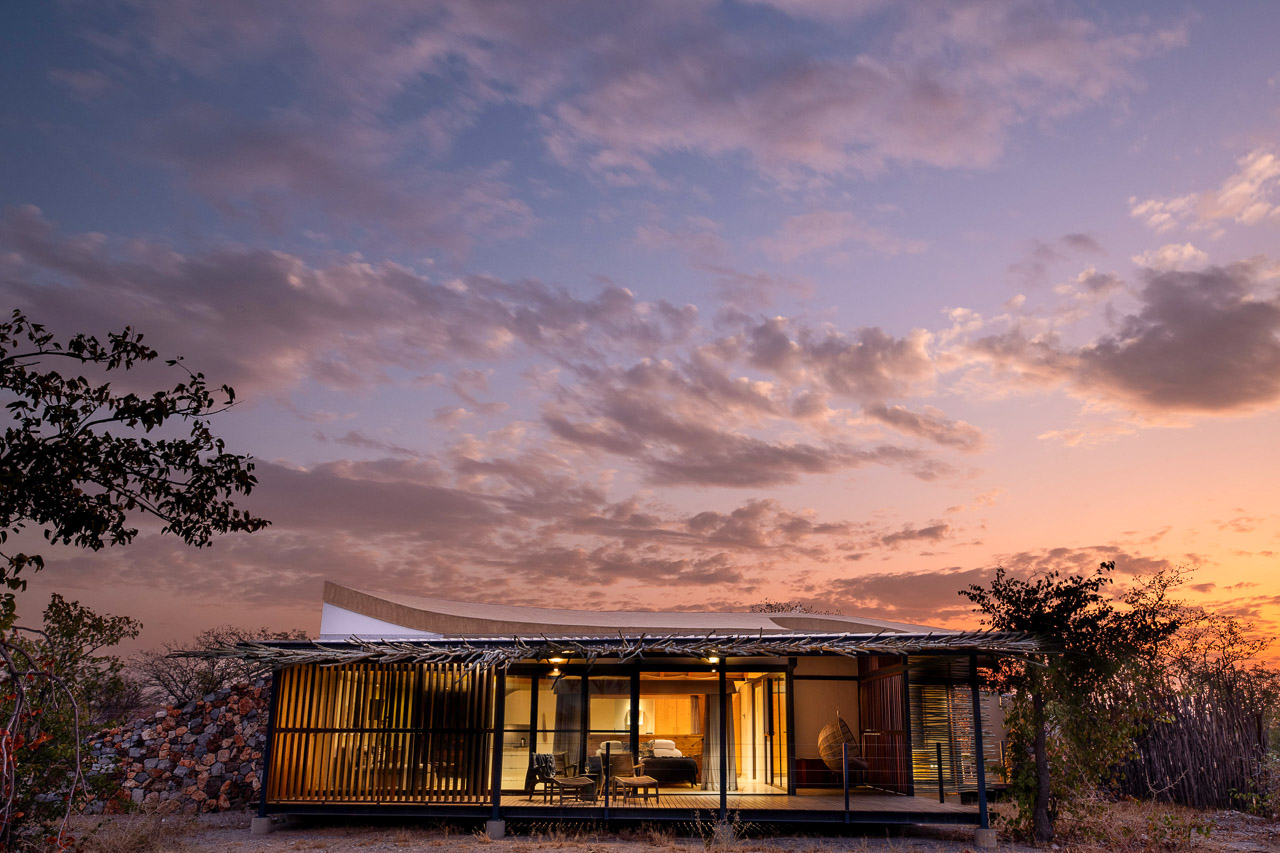
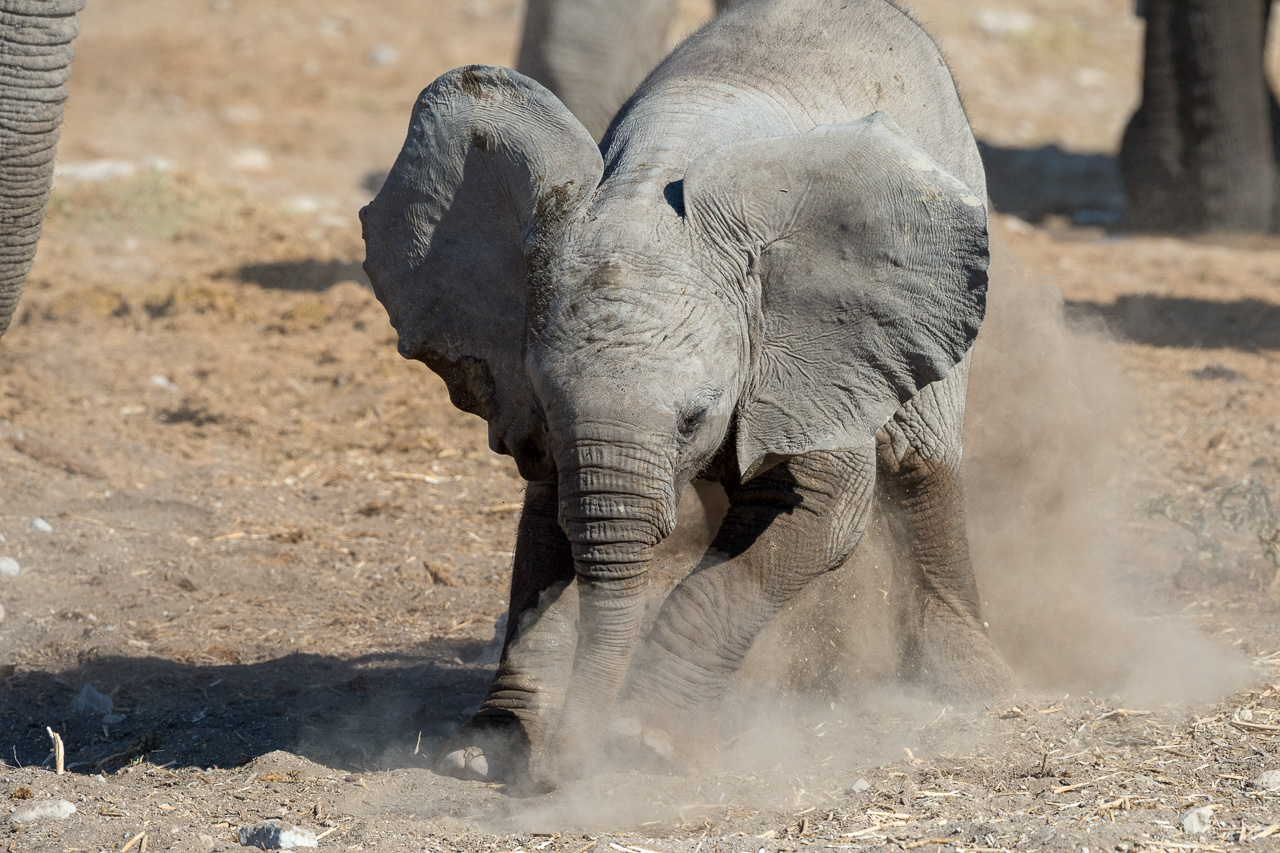
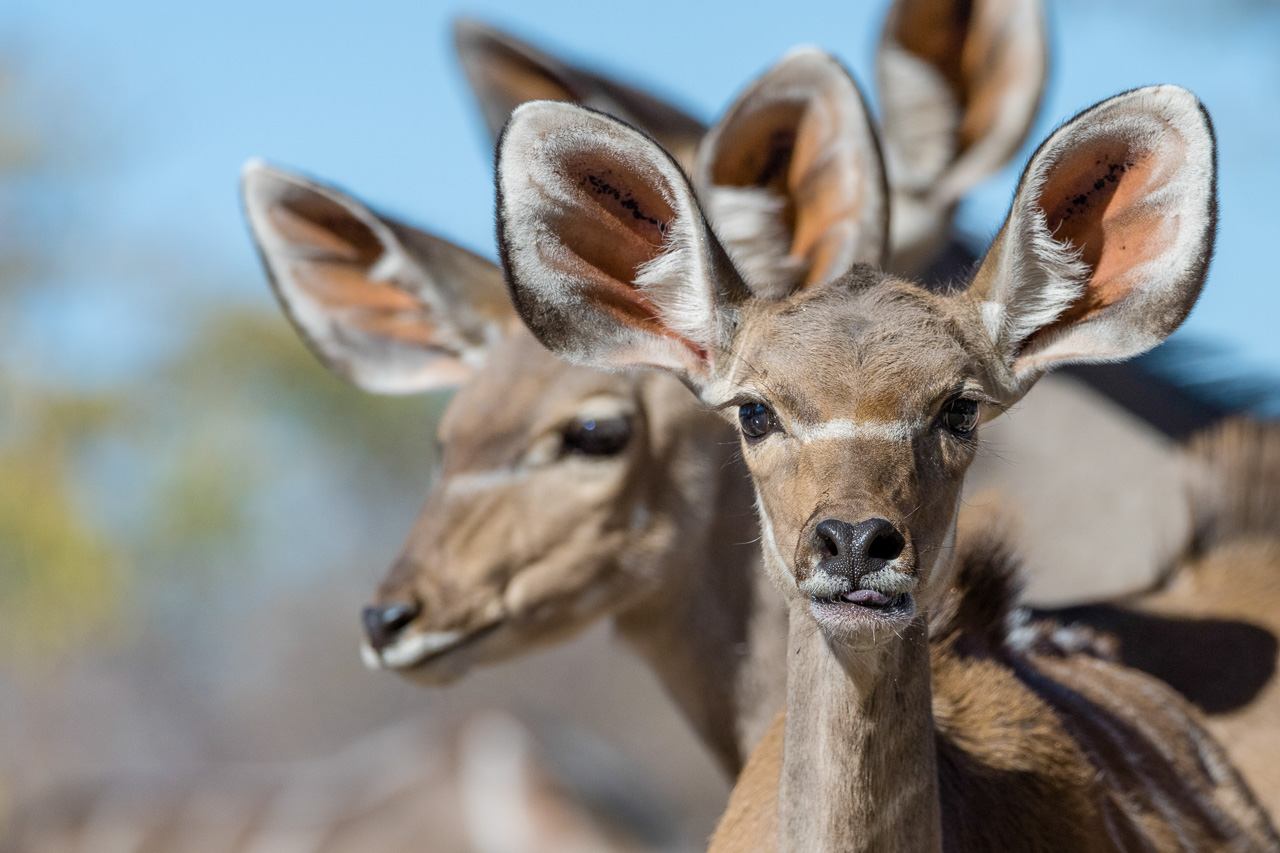
Accommodation
Andersson's Camp is situated in the private Ongava Reserve close to Etosha National Park. The camp offers a very private safari experience with only seven double rooms and one family room. All rooms have en-suite bathrooms, indoor and outdoor shower, air-conditioning and a private viewing deck with 180 degree panorama. The family room consits of two suites (each with it's own bathroom and entrance) that are linked by a short walkway.
The main building features great views of the waterhole in front of camp. Guests can watch the animals from the spacious and comfortable lounge. Should you wish to get even closer, a photographic hide not far from camp offers a water level view of the prolific wild and birdlife. There is also a library, a curio shop, a beautiful infinity pool and a photo lounge, where you can check your own photos and send them to friends (Wi-Fi available).
A highlight of Andersson's Camp is the Ongava Research Centre. Researchers and scientists have their working space here and you are invited to visit the exhibition area and attend the interactive presentations in the auditorium.
Ongava Tented Camp, Little Ongava and Ongava Lodge are also situated in the Ongava Game Reserve.
The Etosha National Park is one of the most important nature reserves in southern Africa. It exists since 1907 and covers an area of 22,270 km². The central and eastern sections consist mainly of various silvery-white shining salt pans, which have made Etosha famous. In the dry season the park, the animals and the vehicles are covered in a whitish haze of salt dust.
On the southern shore of the huge Etosha Pan (130 x 50 km) there are several waterholes, which magically attract the animals from the surrounding area during the dry season. The three large state camps Okaukuejo, Halali and Namutoni connect Anderson's Gate in the south with the von Lindequist Gate in the east. The western part towards Galton Gate is much more wooded and less frequented by visitors, but it also offers less trails to drive around and find wildlife.
Etosha National Park is Namibia's premier safari destination. Covering almost the same area as Switzerland, Etosha is one of the largest national parks in Africa. To the west of the park lay the silvery white salt pans and adjoining waterholes, which magically attract all kinds of wildlife during the dry season.
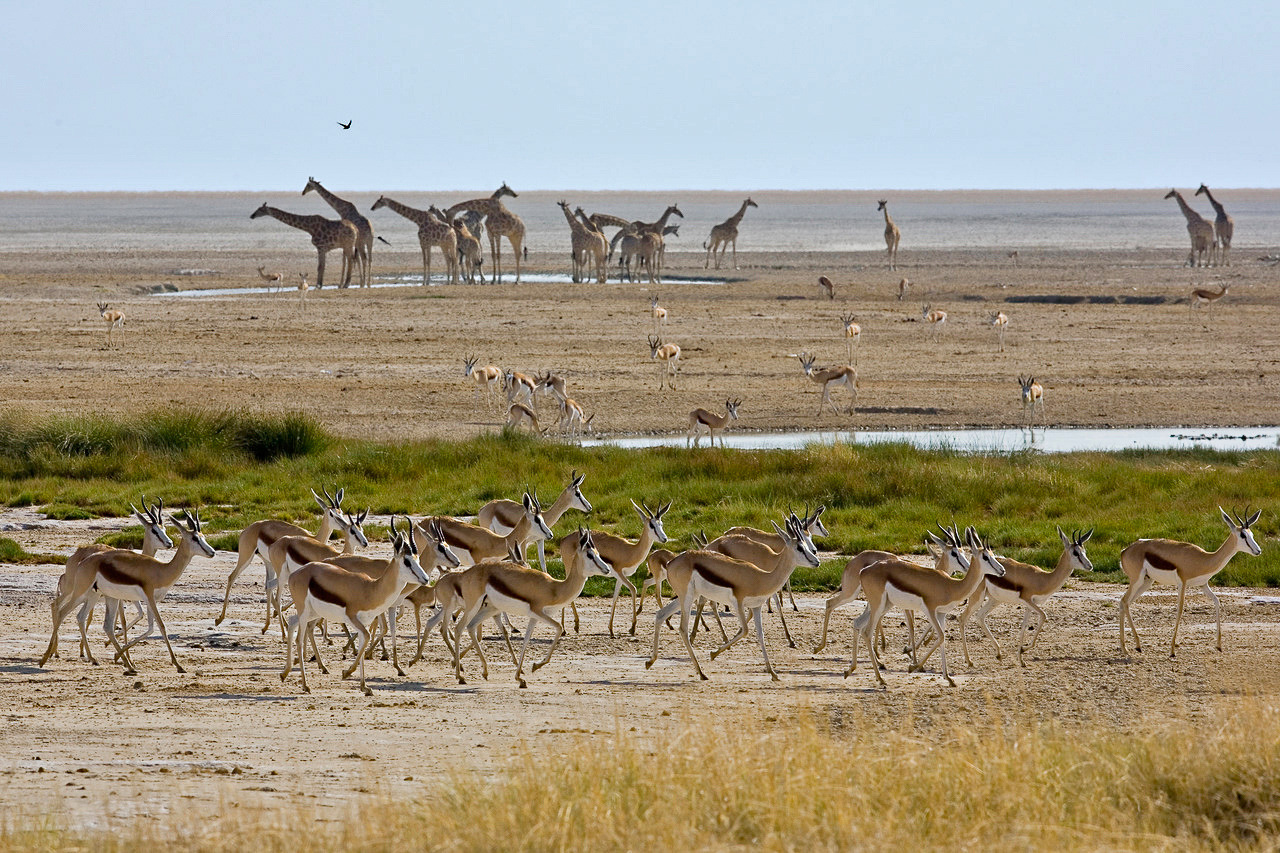
The park thrives mainly on these artificial waterholes, which attract countless animals in the dry season. With the onset of the rainy season, the animals are much less dependent on these waterholes and more difficult to find. The Etosha Pan itself can then contain up to 10 cm of water, and the park becomes more exciting for birdwatchers.
There are a few government camps in the park itself, most of which offer a less favourable experience. The good accommodation is located outside the park in private areas, in the east these are Mushara and Onguma, in the south it is the private Ongava area.
Namutoni and Okaukuejo are the two main camps at the eastern Von Lindequist Gate and the southern entrance to Etosha at Andersson's Gate respectively. The quieter Halali Camp is situated between the two. The state camps are very large and offer chalets, campsites, petrol stations and large picnic areas. If you are looking for a private experience, this is certainly not the place for you. Most of the roads run between these three camps and lead visitors to the various waterholes.
The western part of Etosha opened to visitors in 2011. This part of the park is very different from the area around the Etosha Pan, it has many more bushes and trees, less traffic, but also less to see.
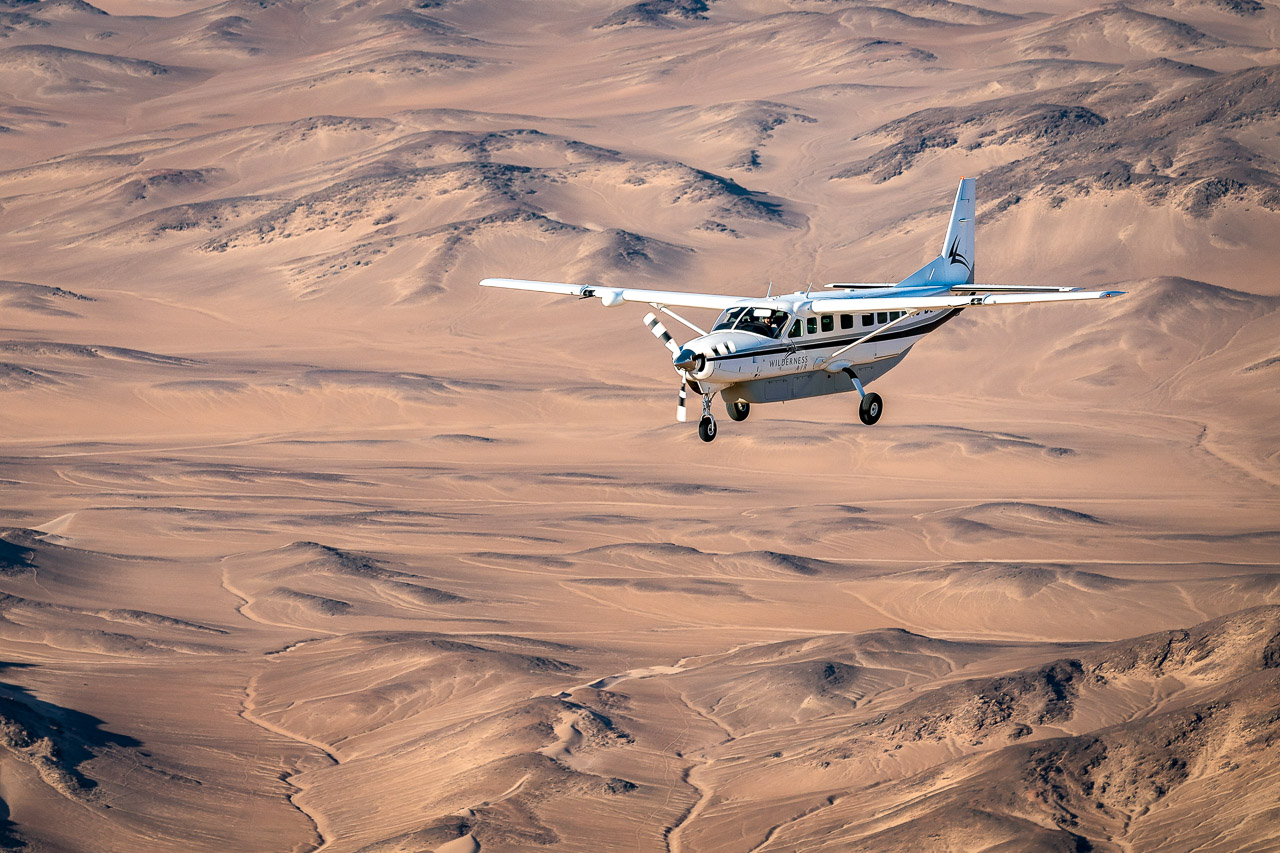

Basic Information
Individual journey. The journey will be planned on your preferred dates.
Duration 12 nights. Minimum age 6 years. Weight limit of luggage 20 kg.
Includes all transfers from Windhoek to the hotels/camps to Windhoek
- Little Kulala: Standard Room. All meals, drinks (except premier brands), laundry service, twice daily shared activities with one of the camp guides. Includes guided excursion to the dunes of Sossusvlei and scenic balloon flight.
- Wolwedans Dune Camp: Standard Room. All meals, drinks (except premier brands), twice daily shared activities with one of the camp guides.
- Desert Rhino Camp: Standard Room. All meals, drinks (except premier brands), laundry service, twice daily shared activities with one of the camp guides.
- Hoanib Skeleton Coast Camp: Standard Room. All meals, drinks (except premier brands), laundry service, twice daily shared activities with one of the camp guides. Includes day trip to the skeleton coast / Moewe Bay.
- Andersson's Camp: Standard Room. All meals, drinks (except premier brands), laundry service, twice daily shared activities with one of the camp guides.
Learn more about these areas












